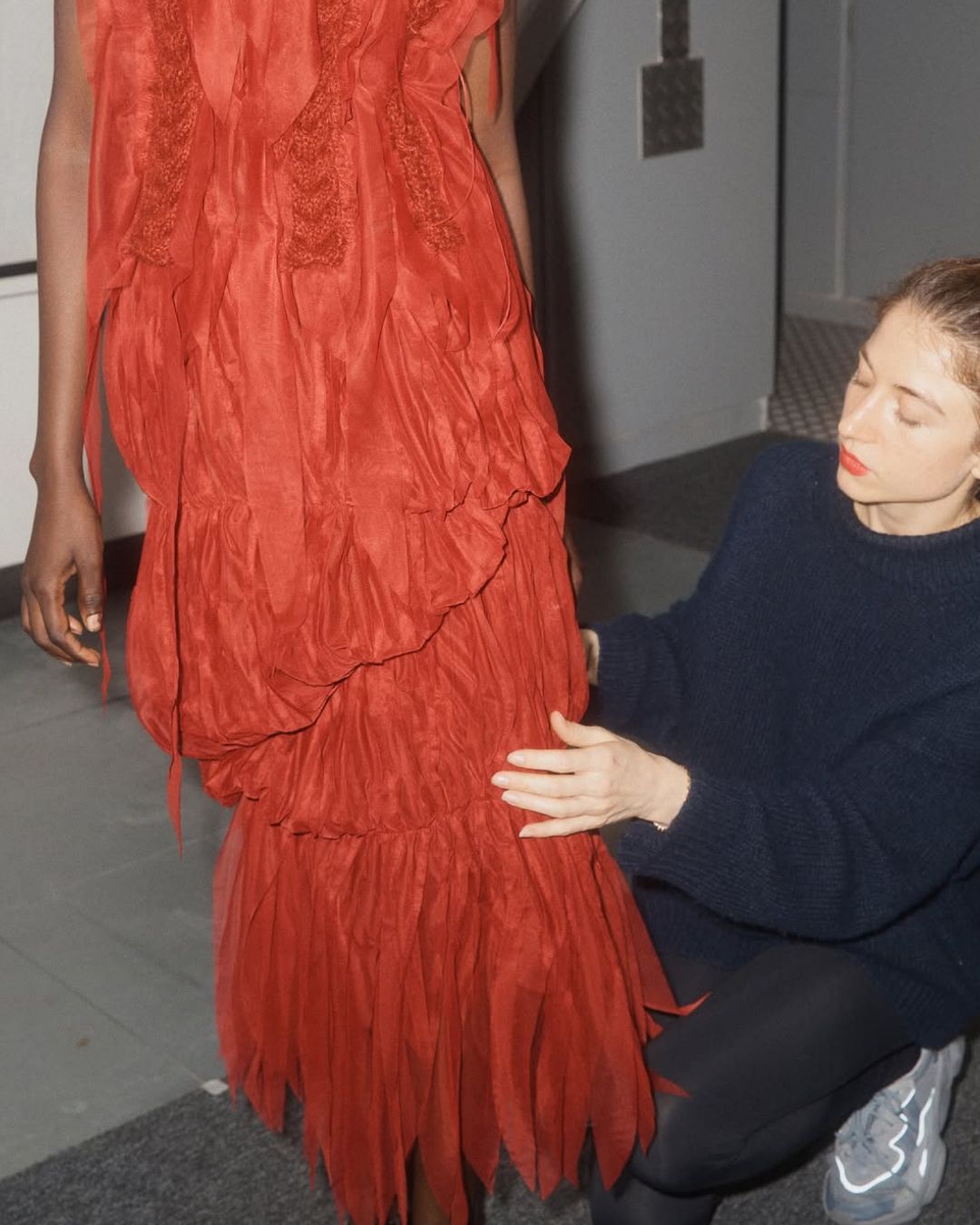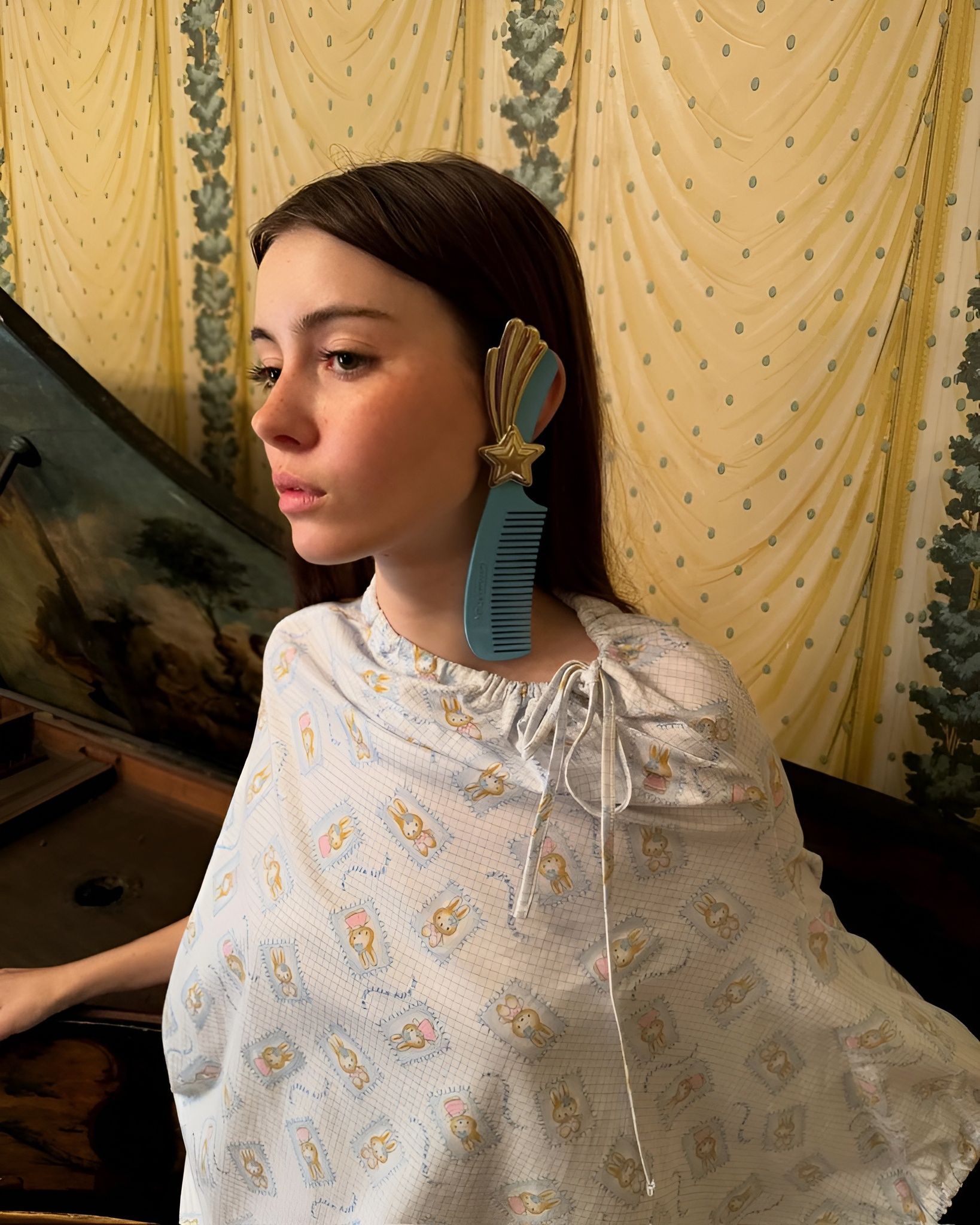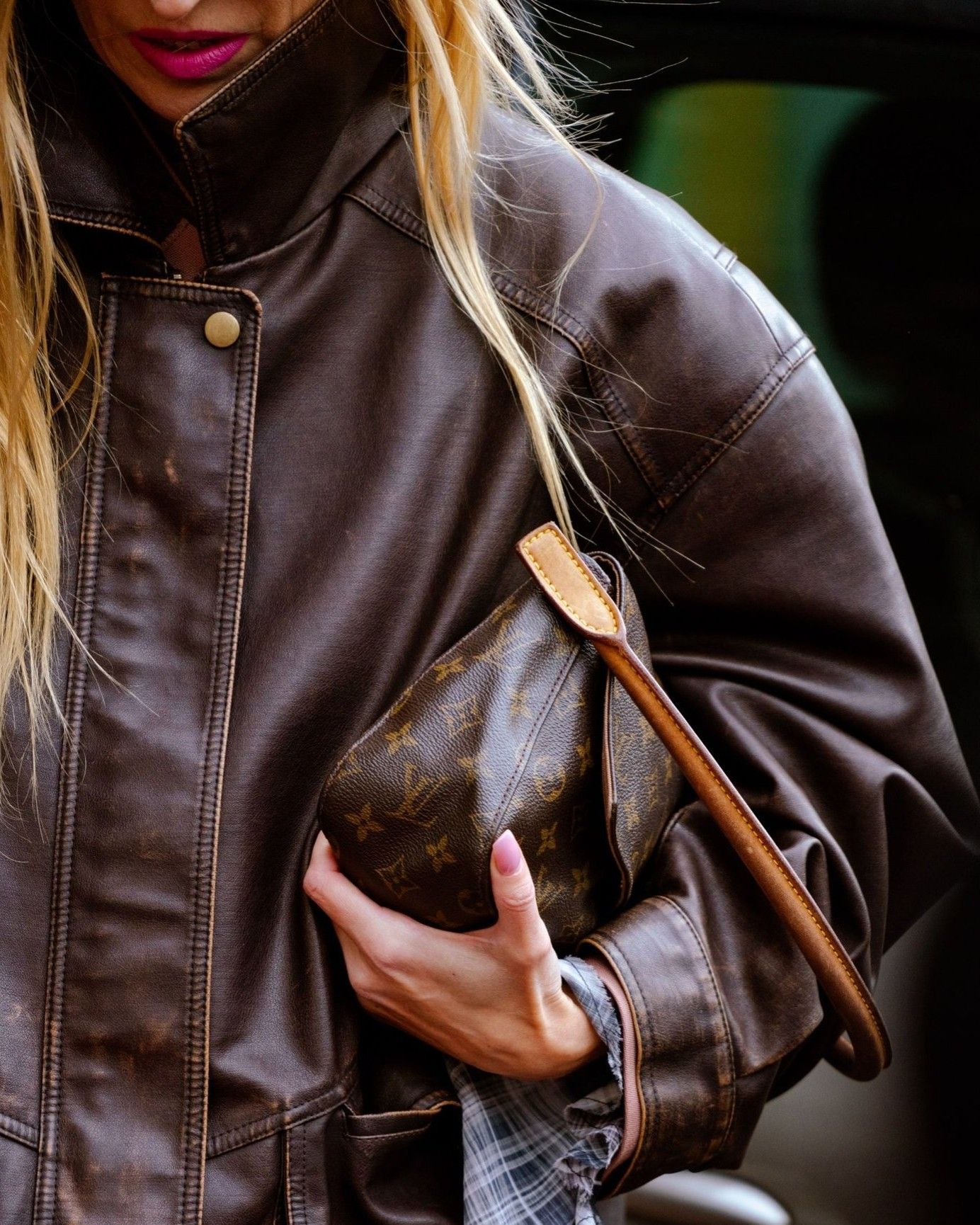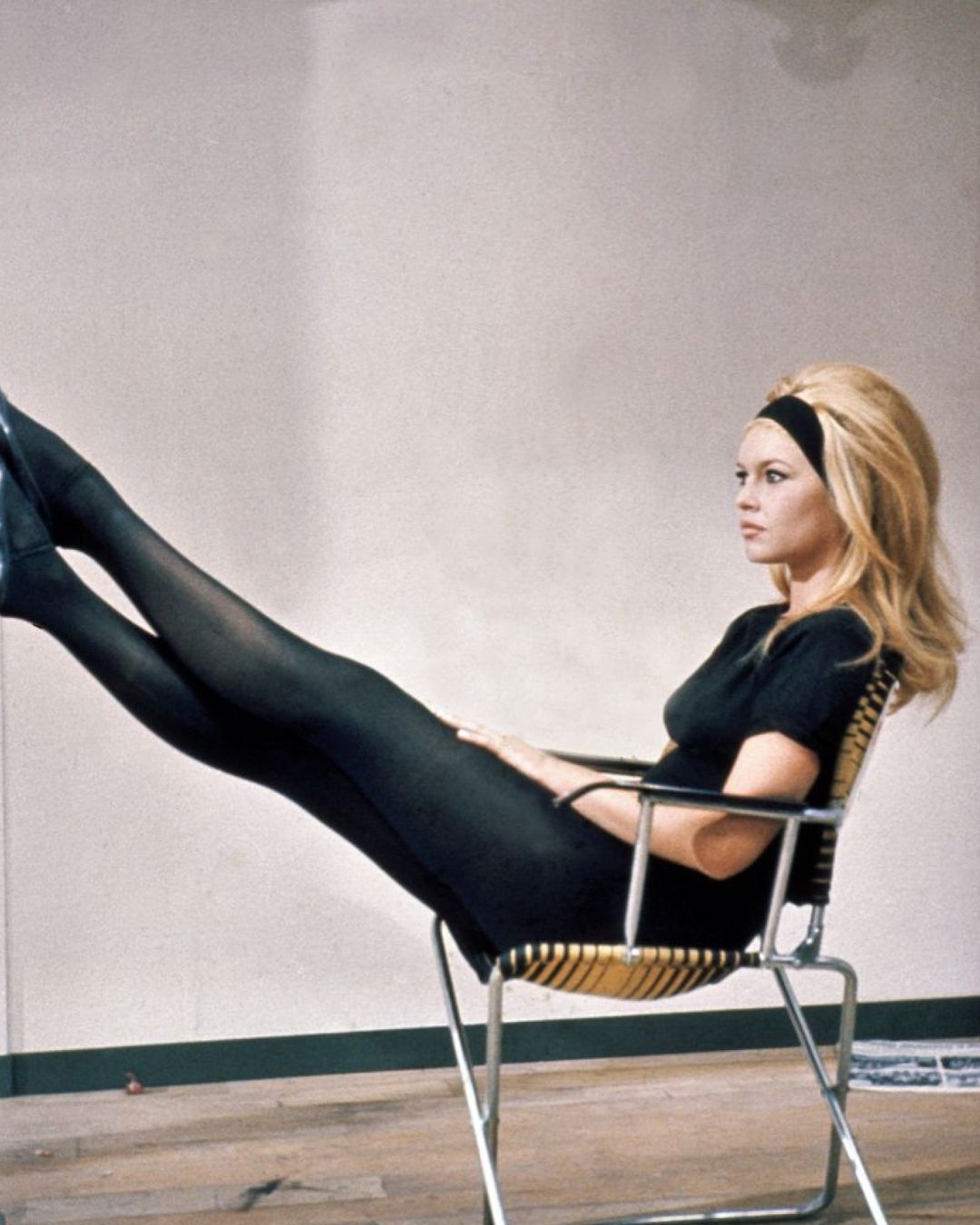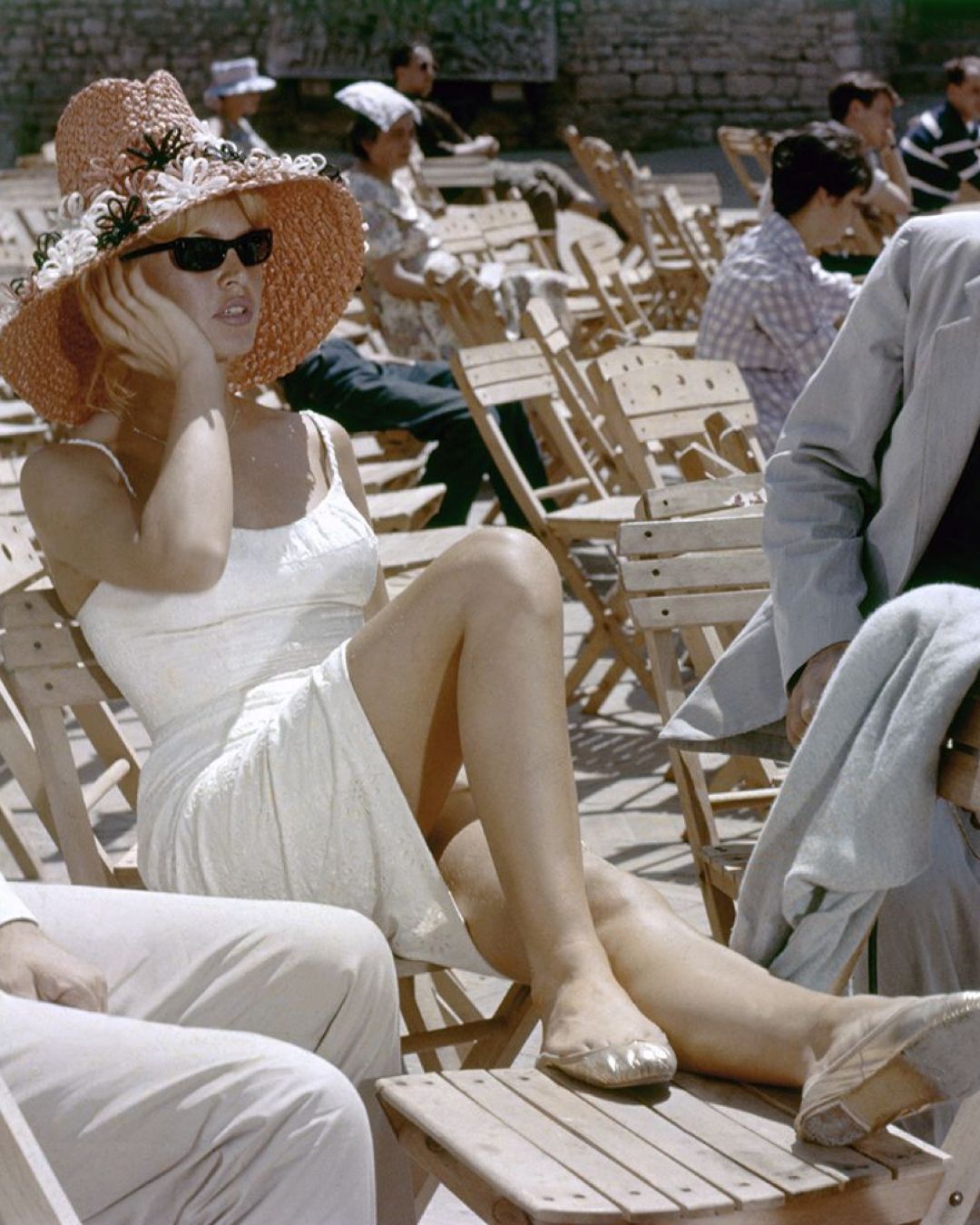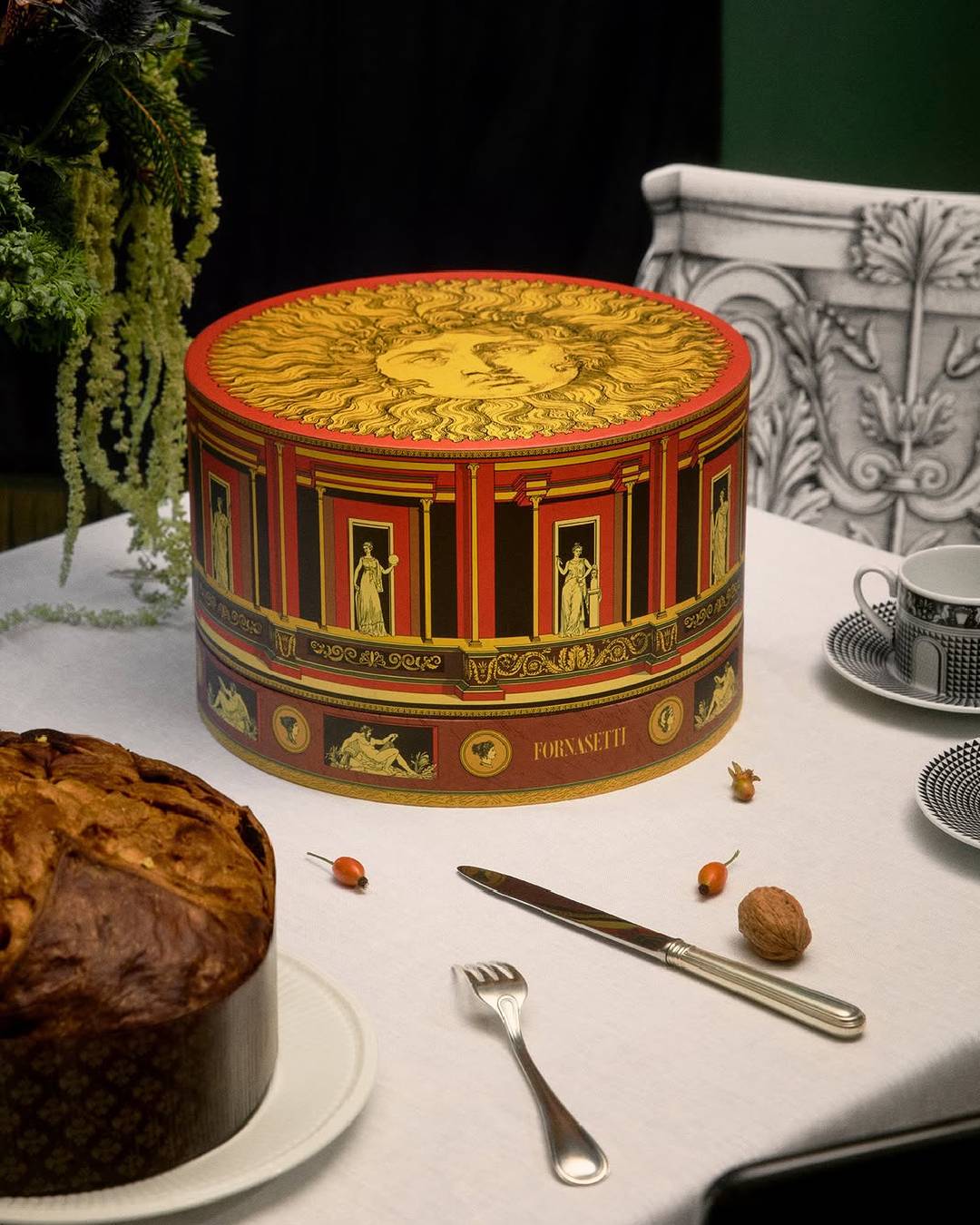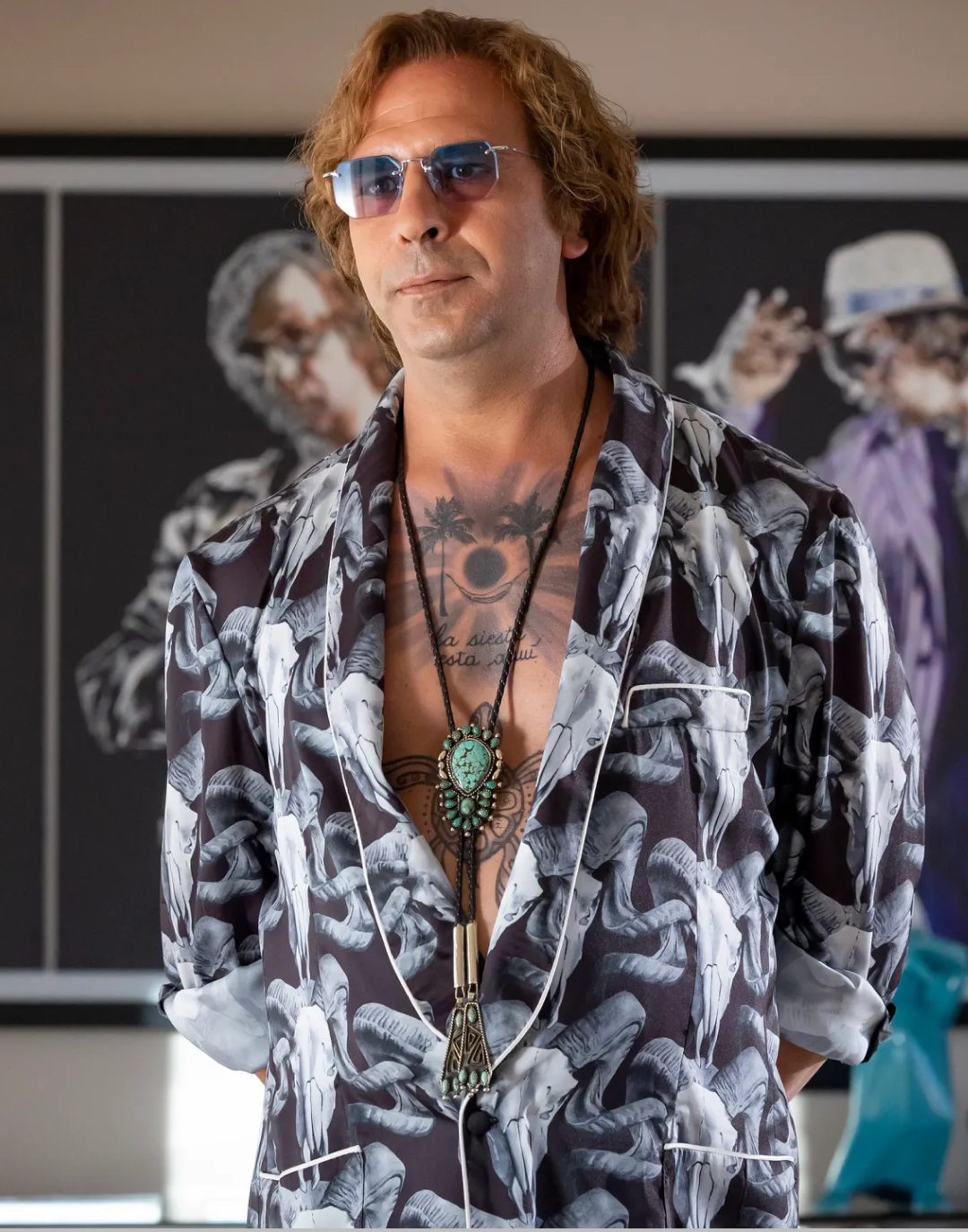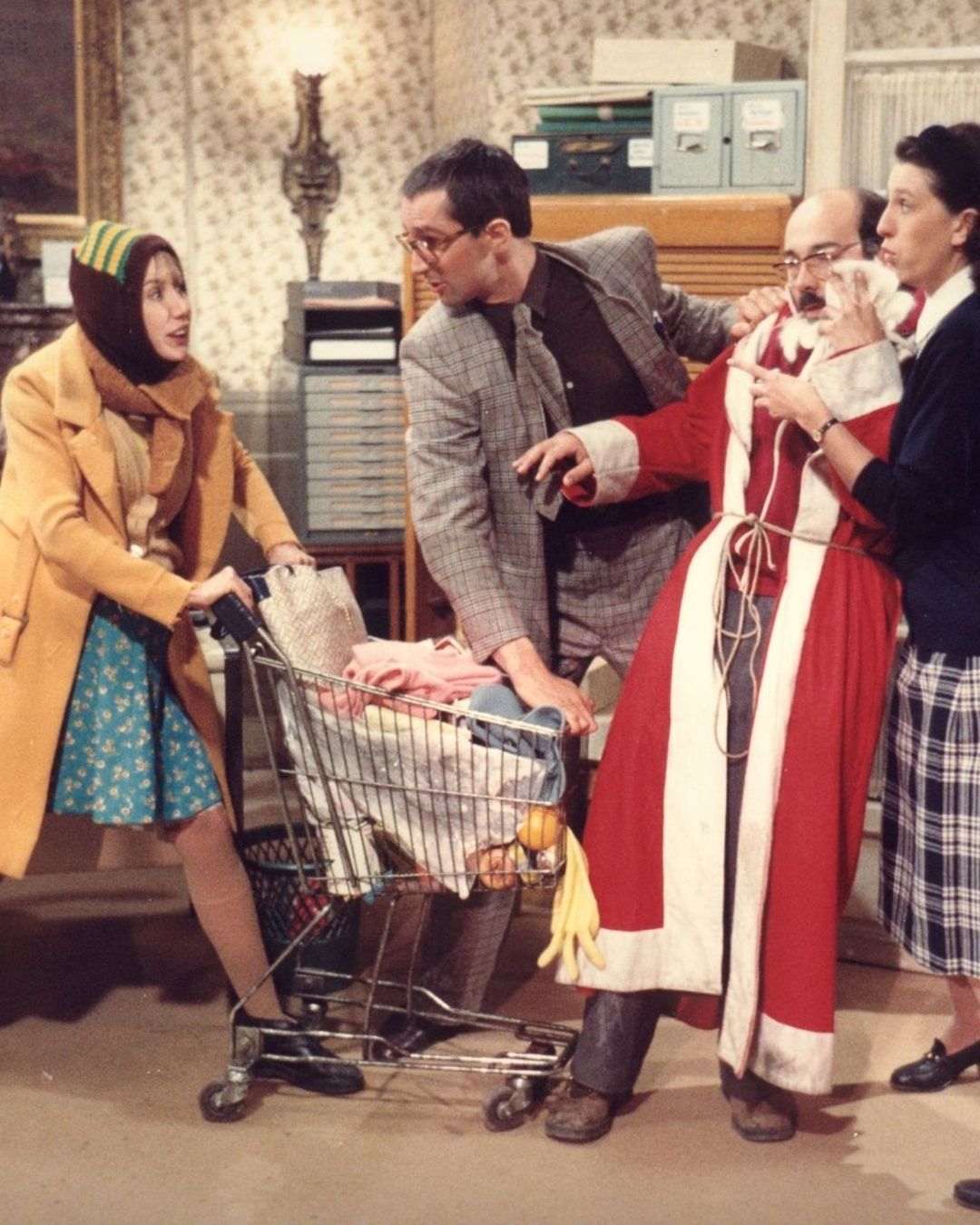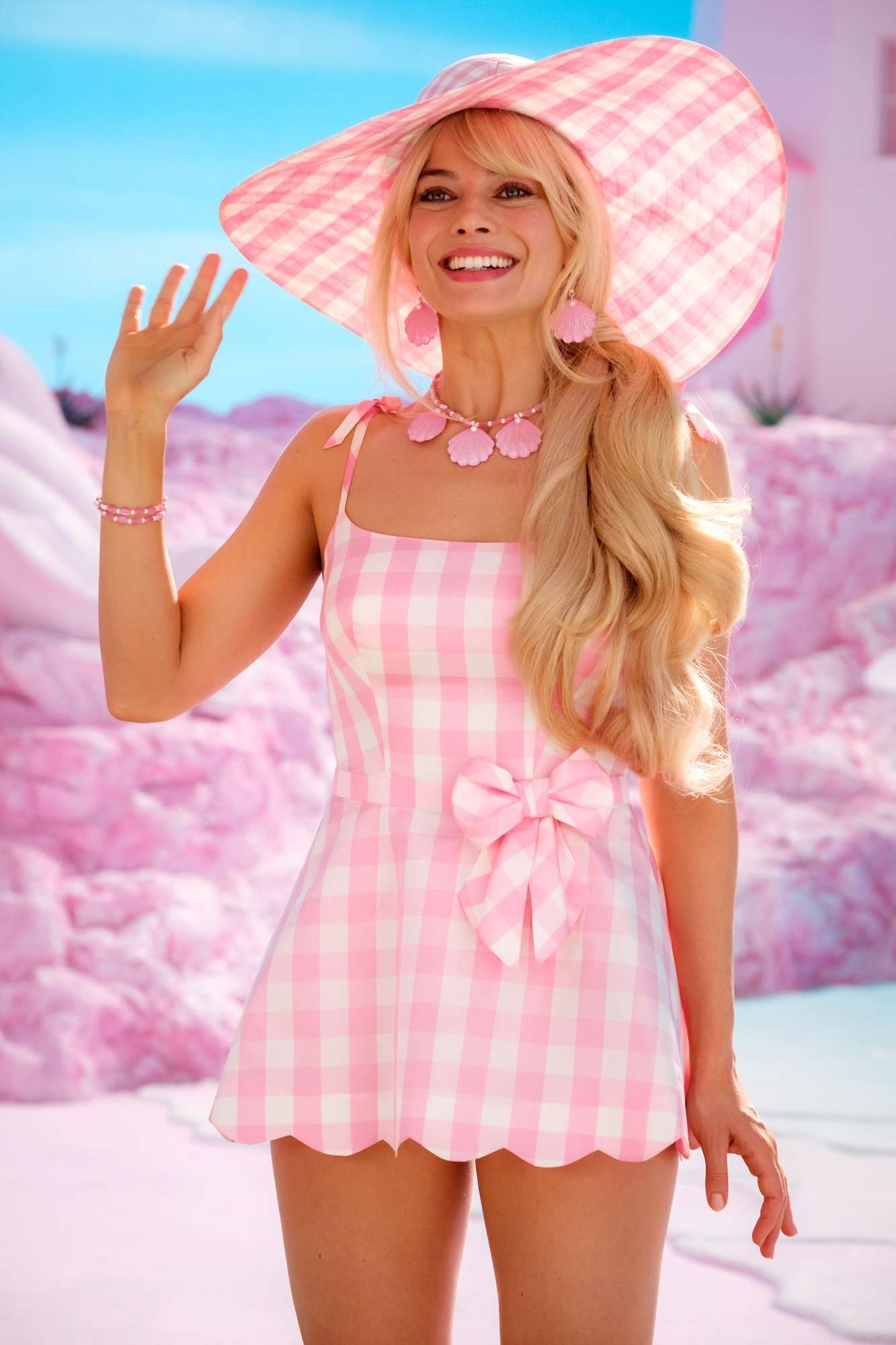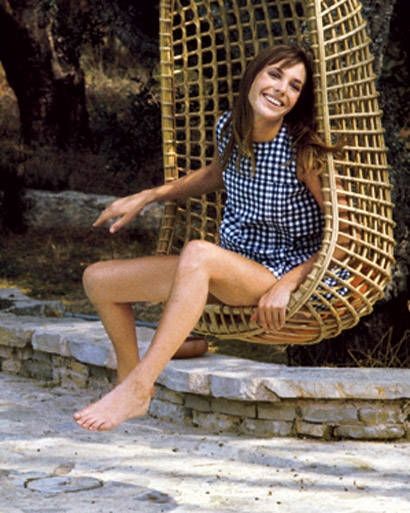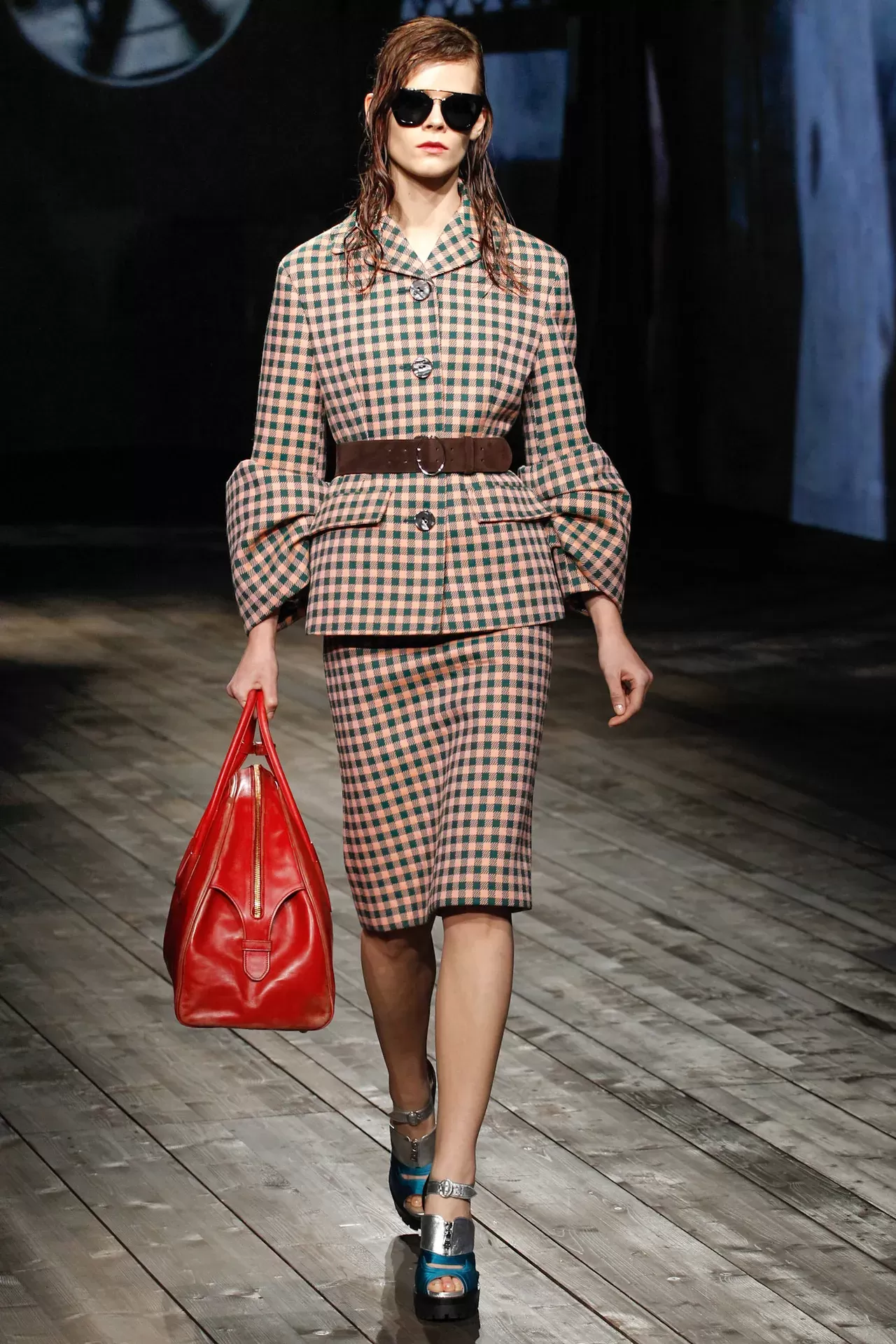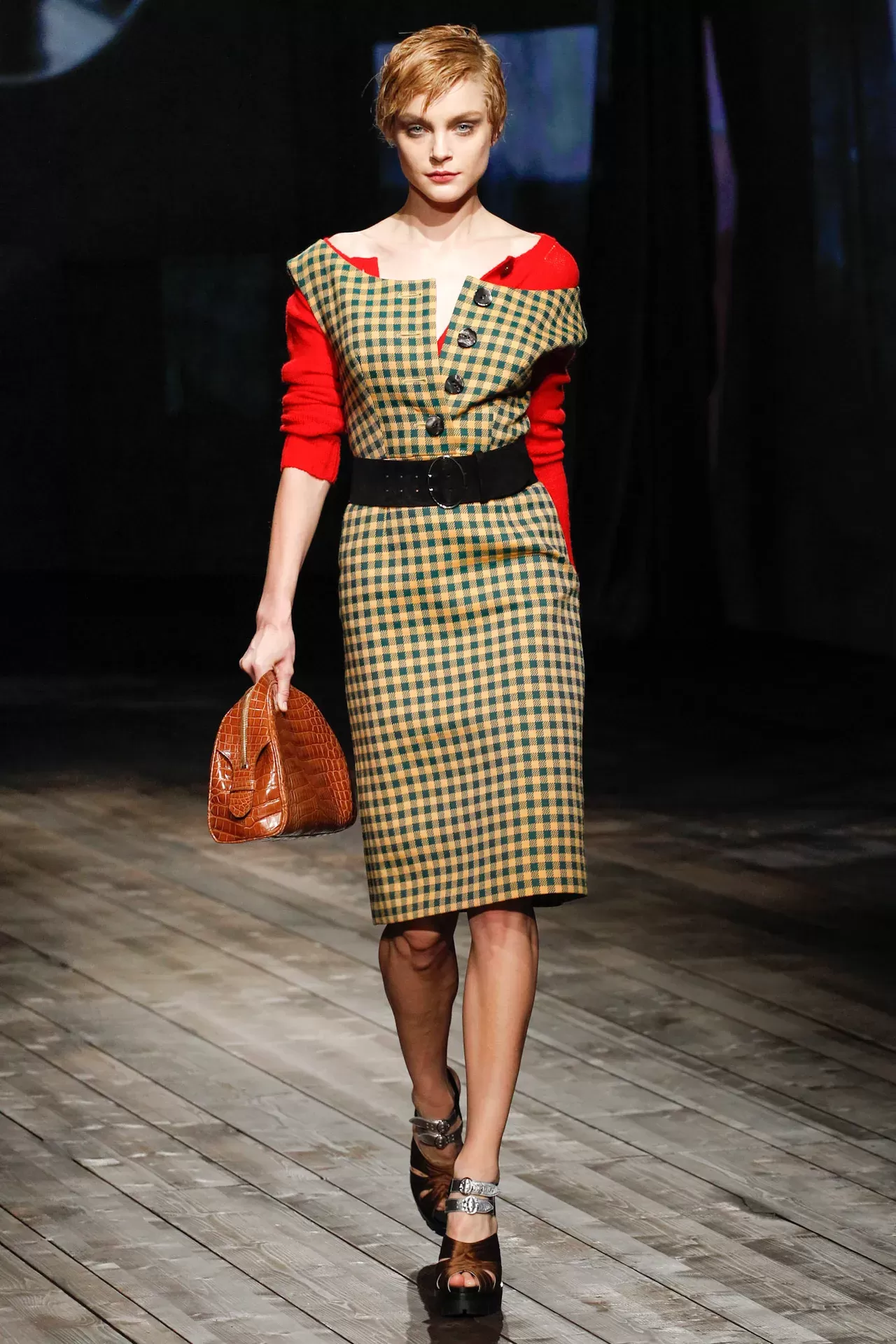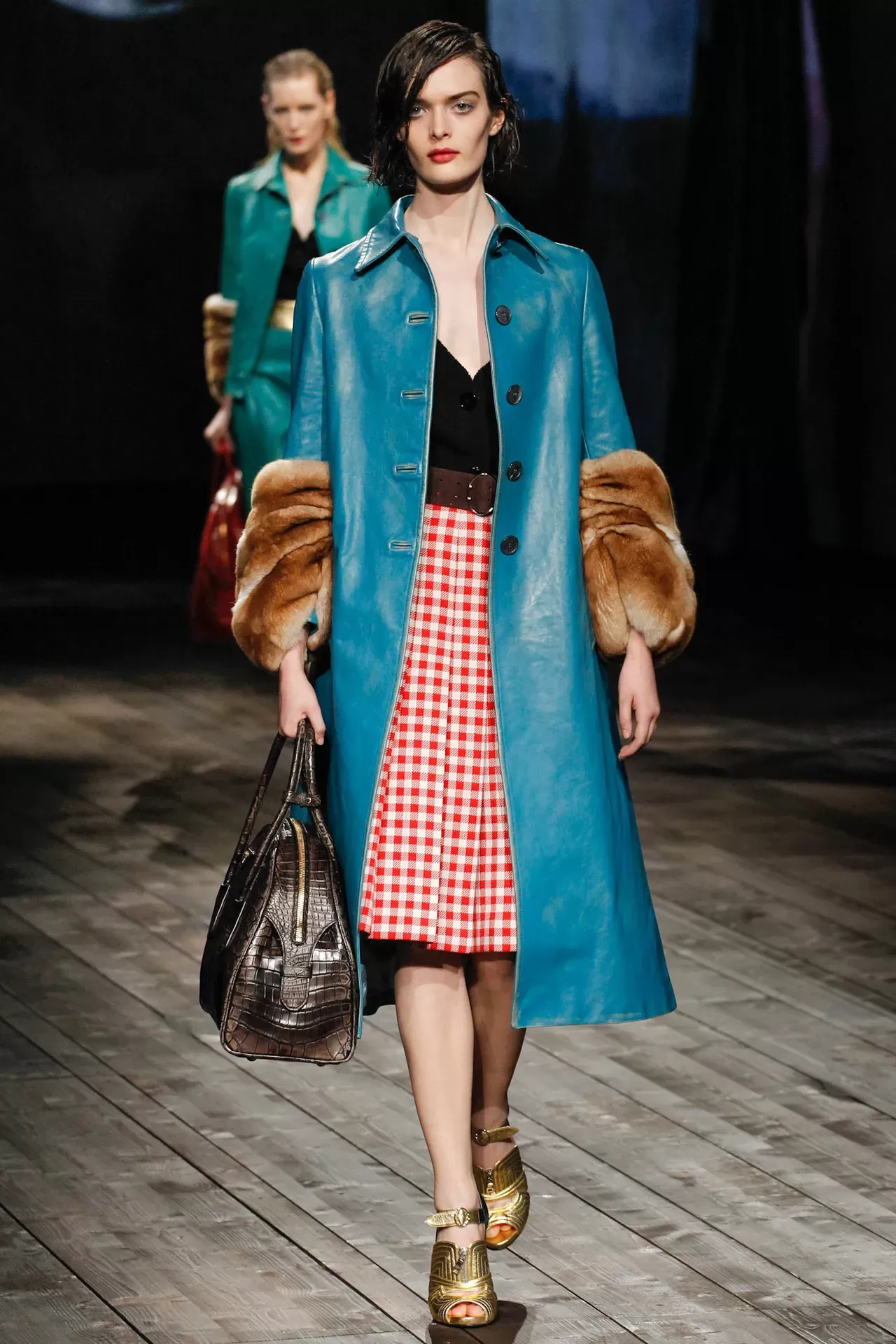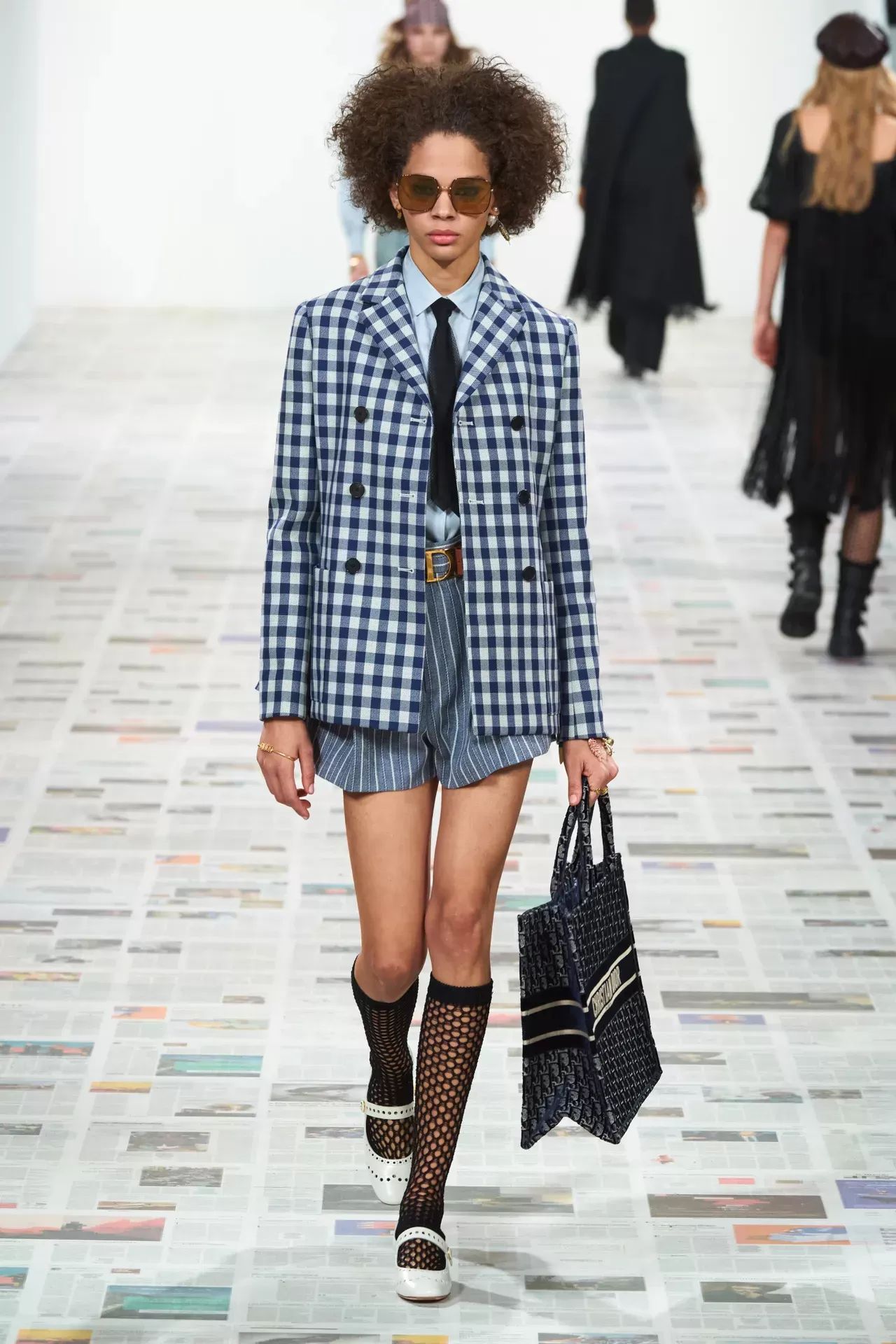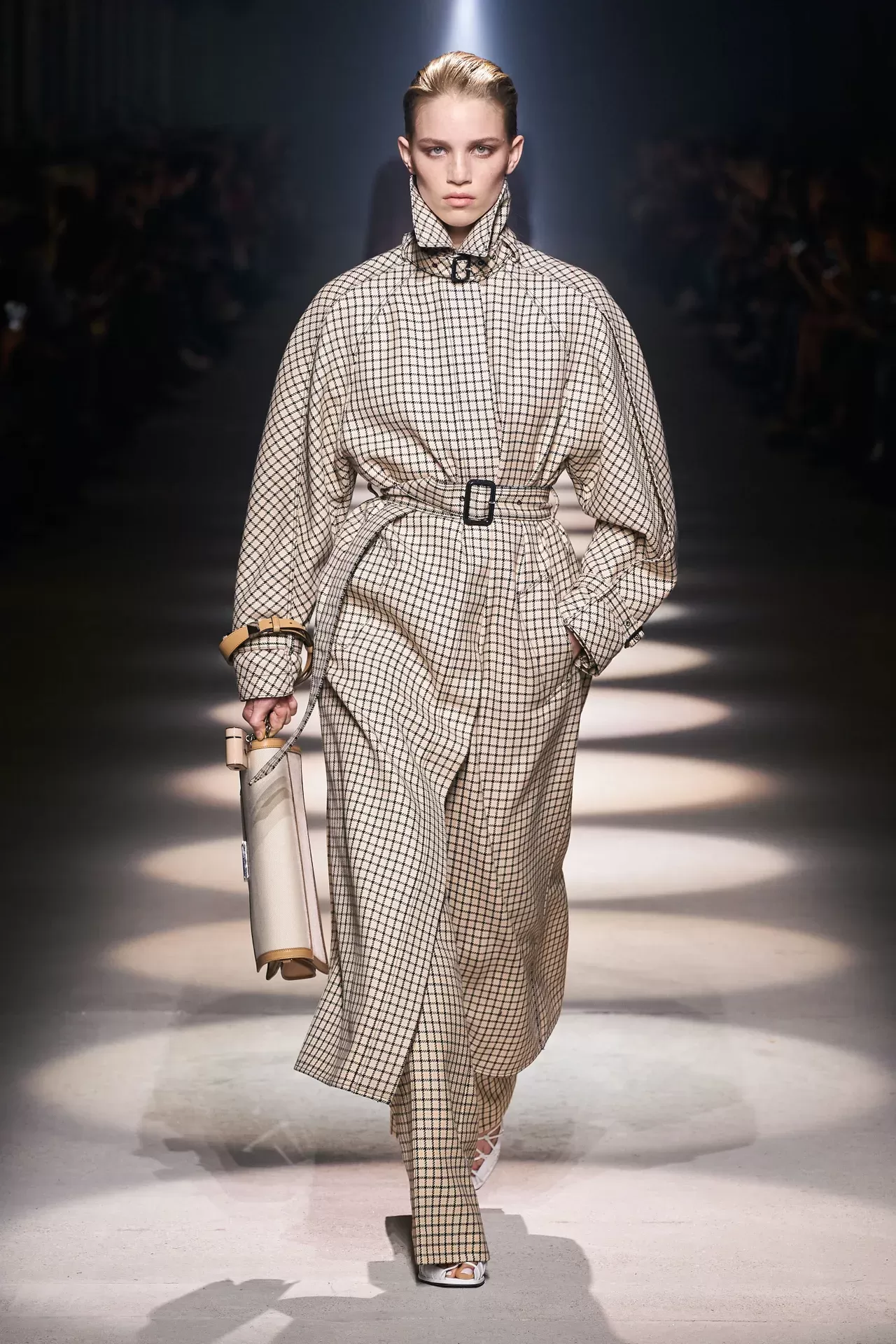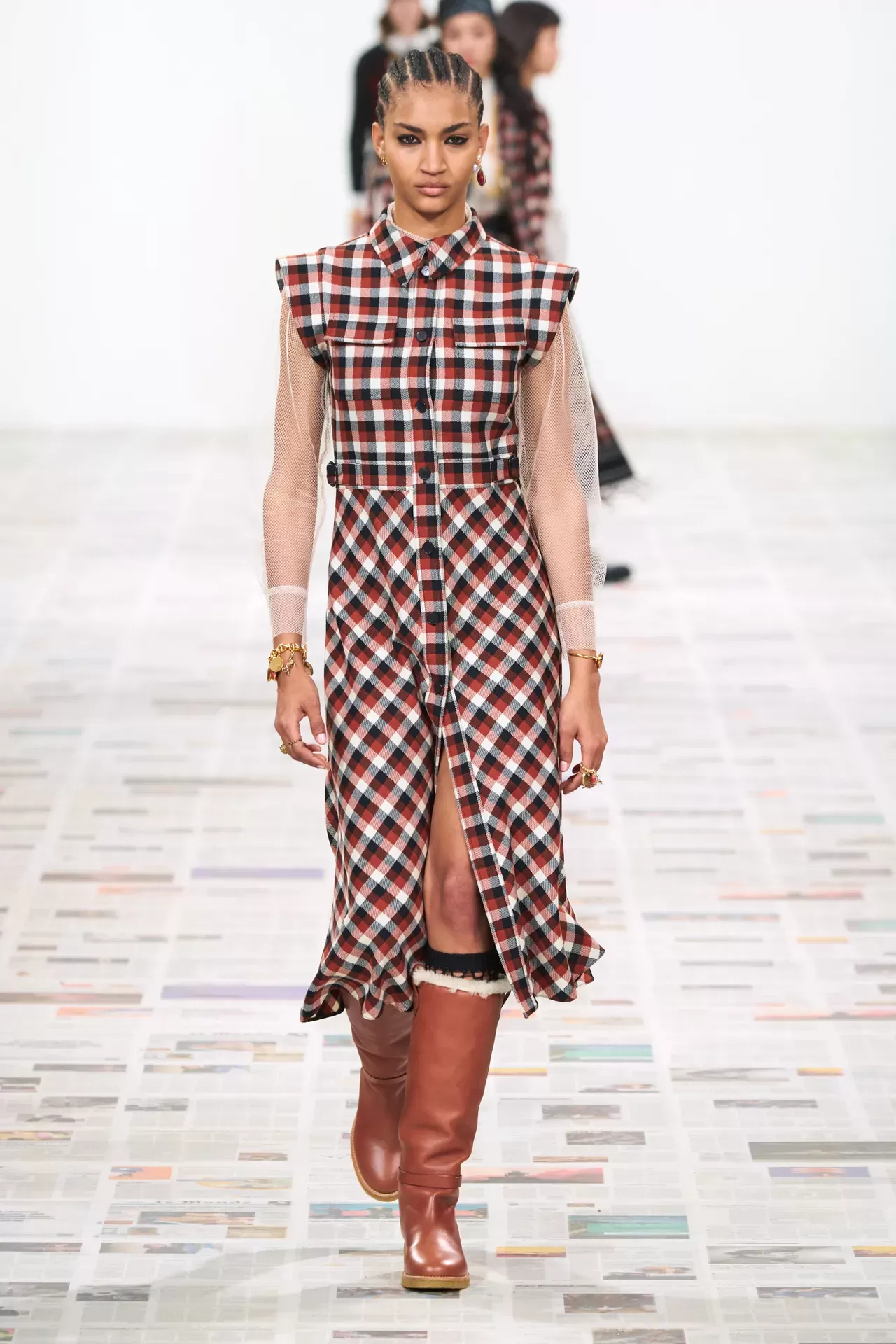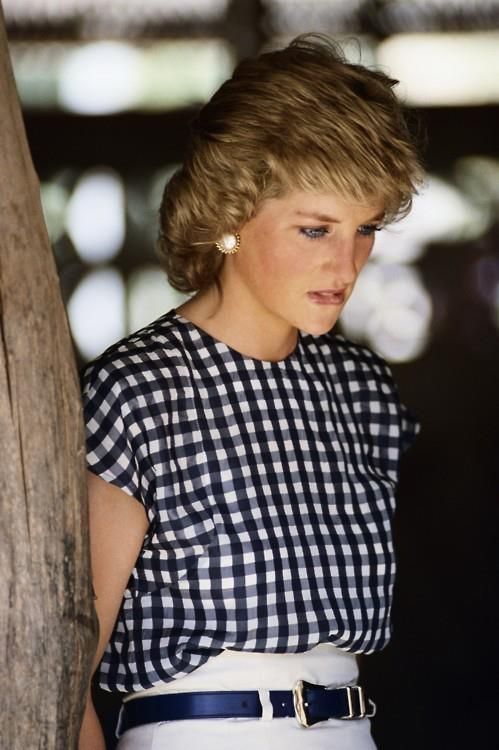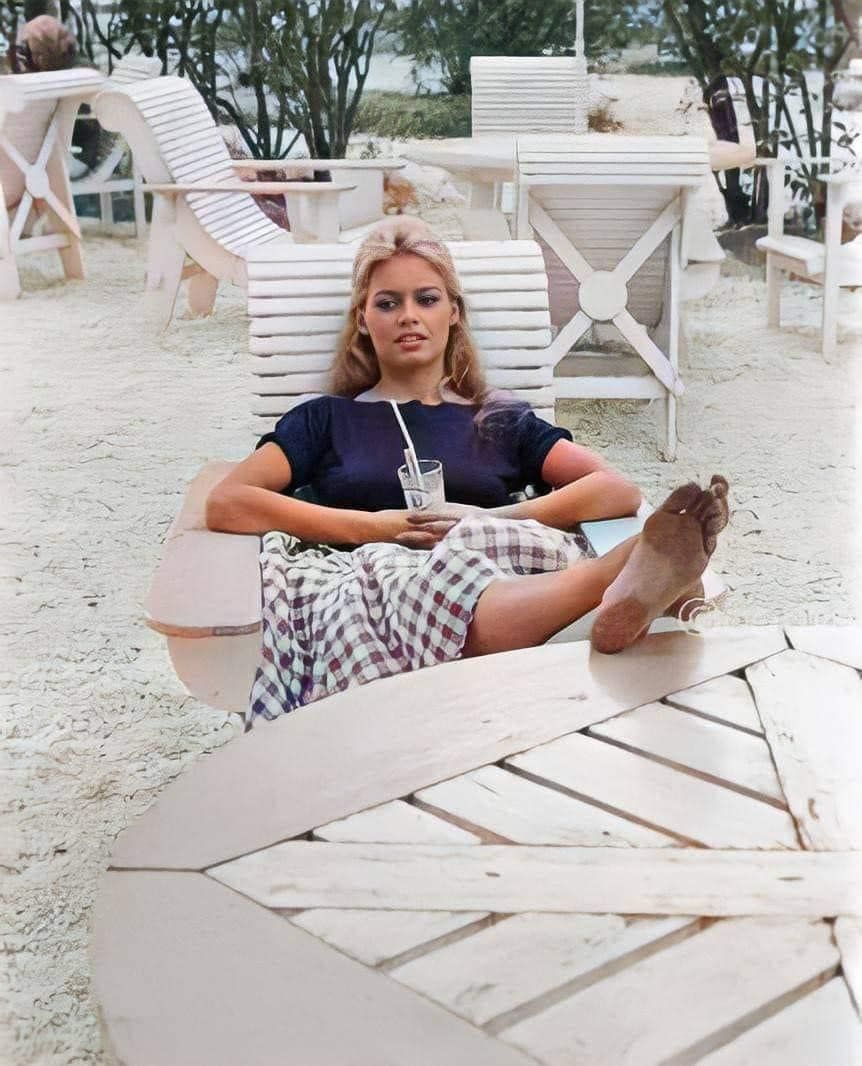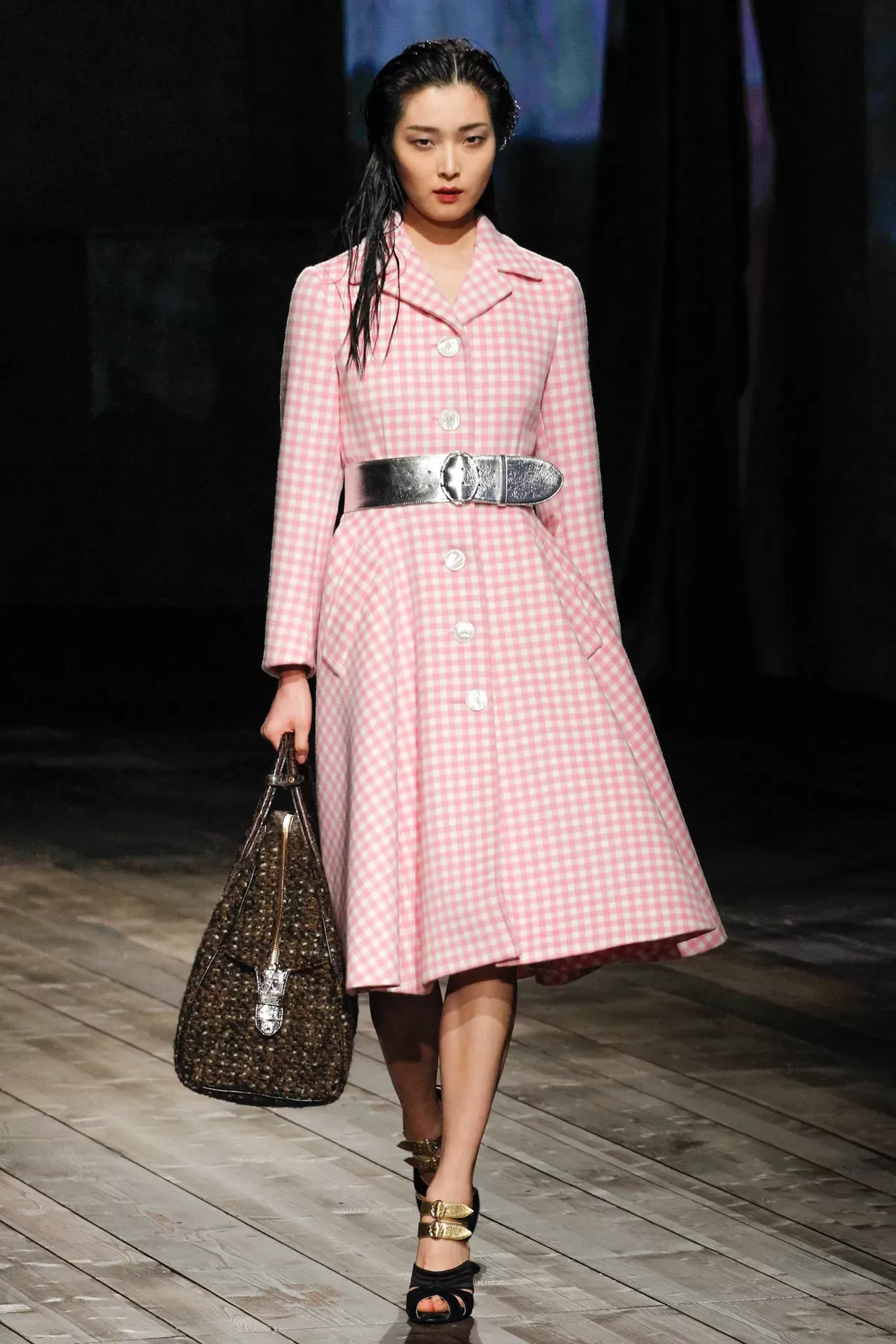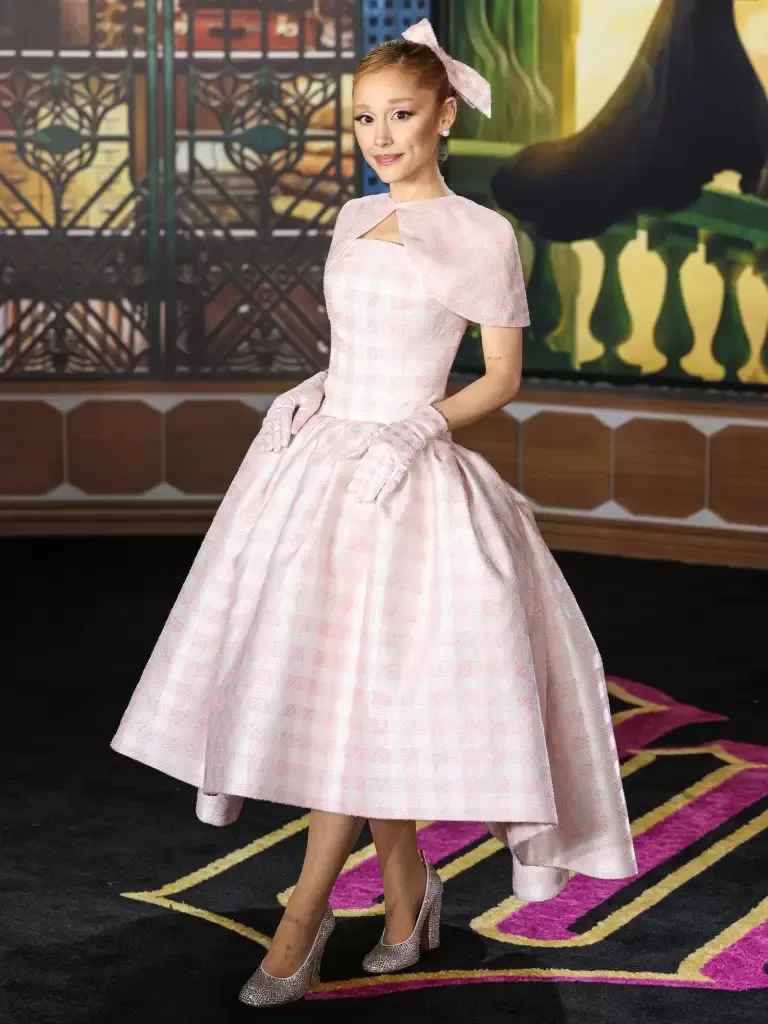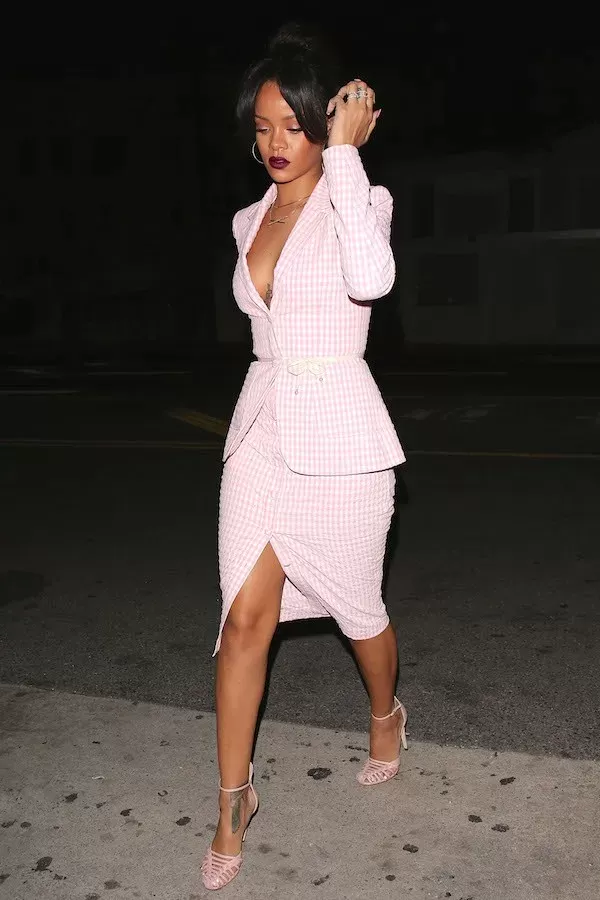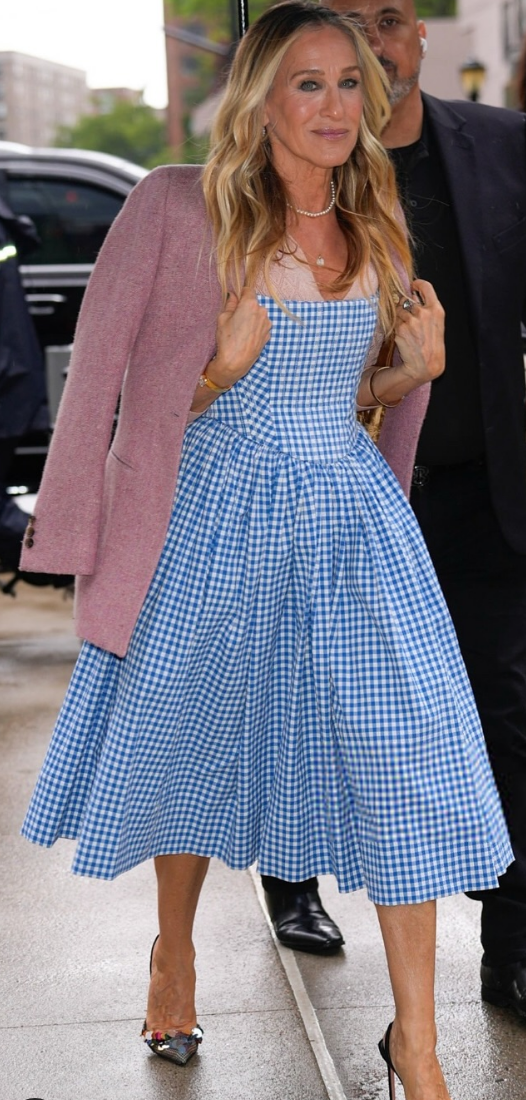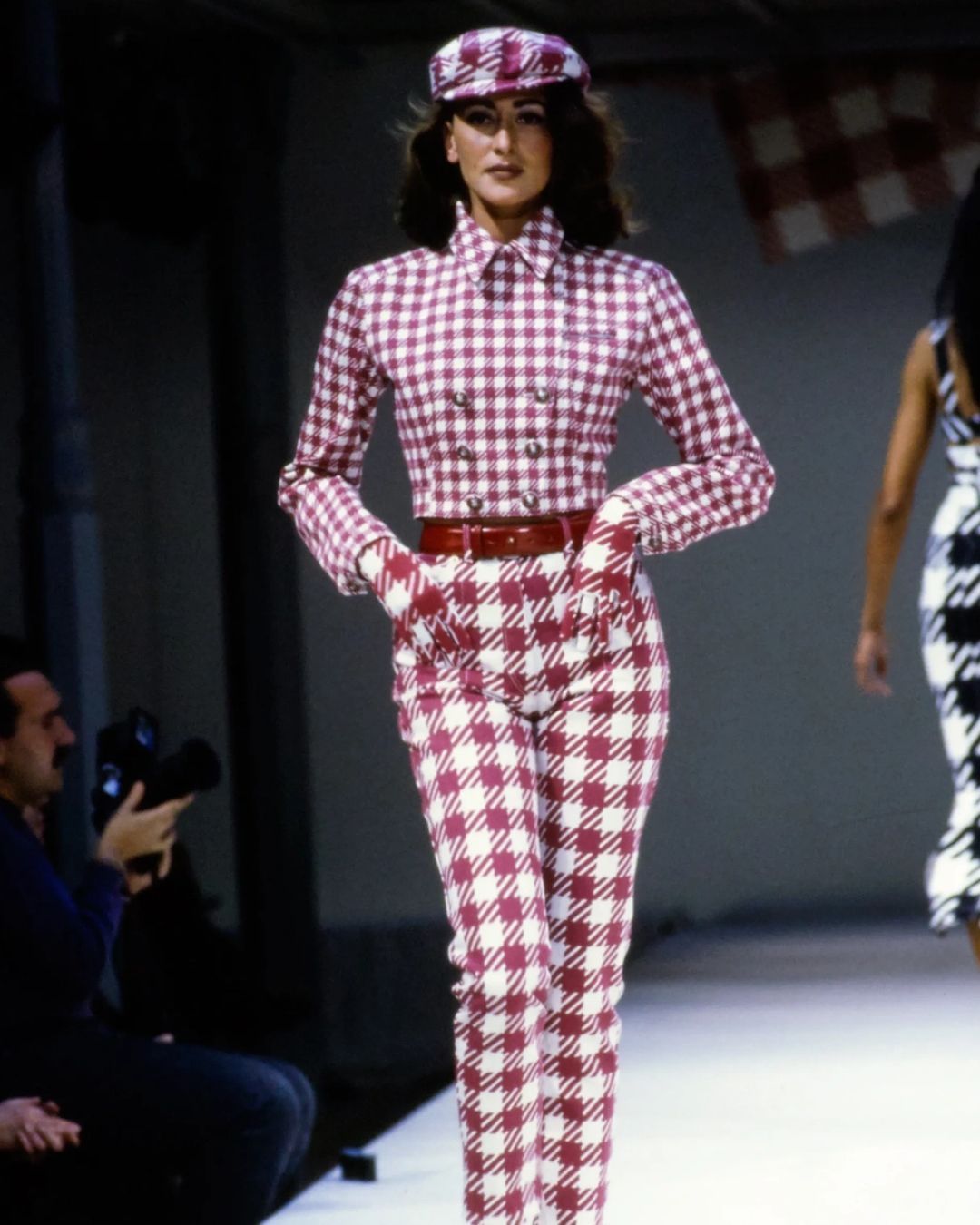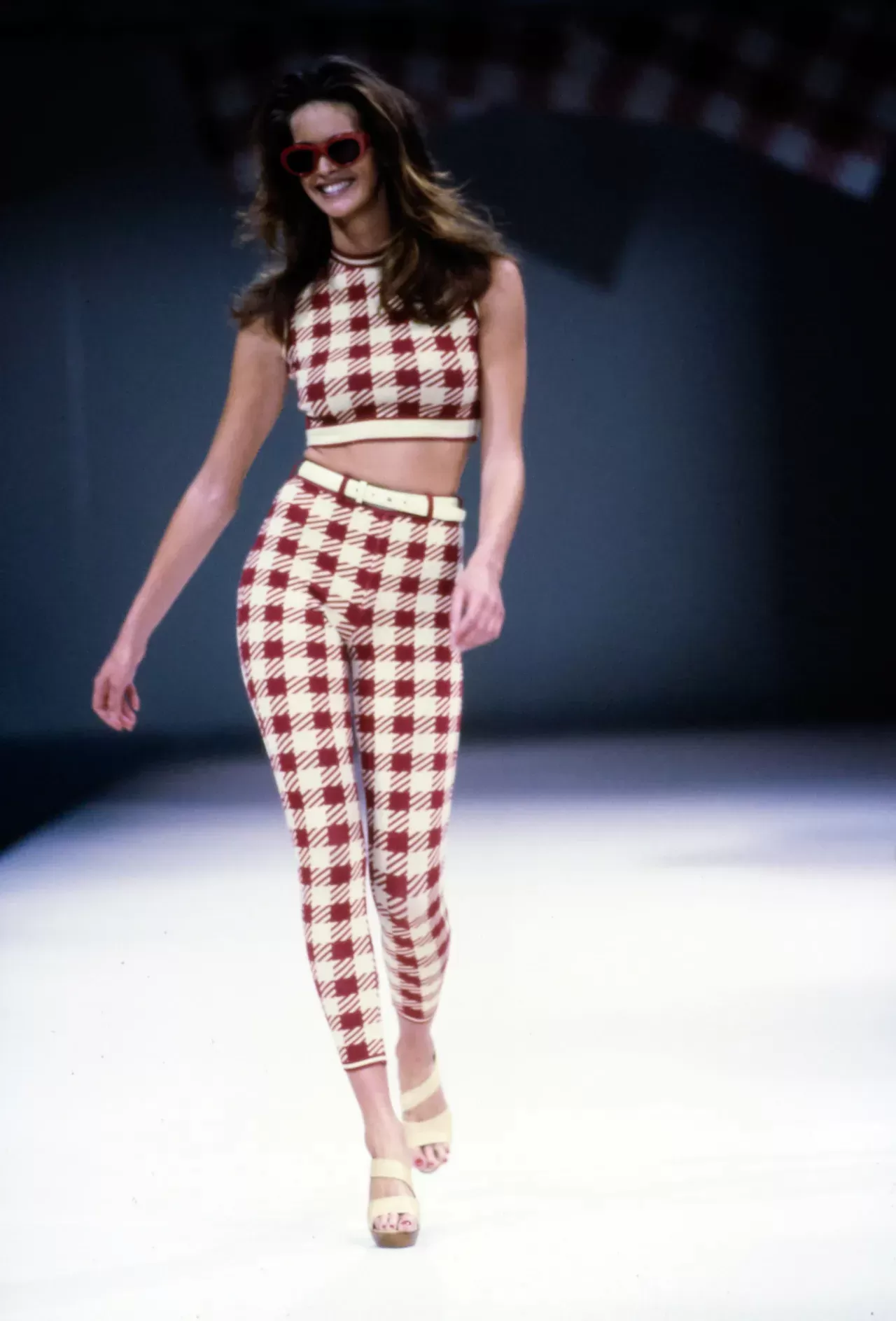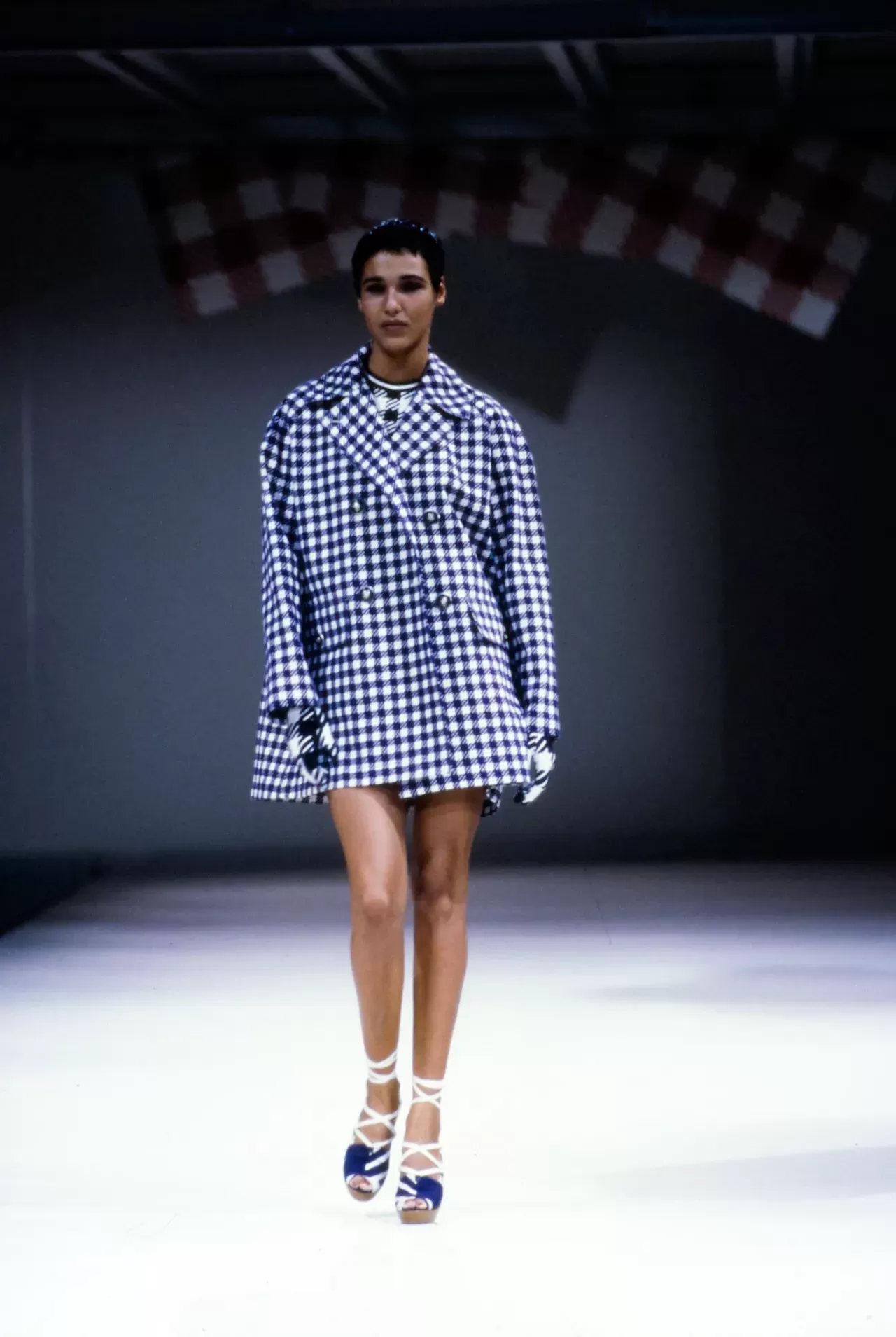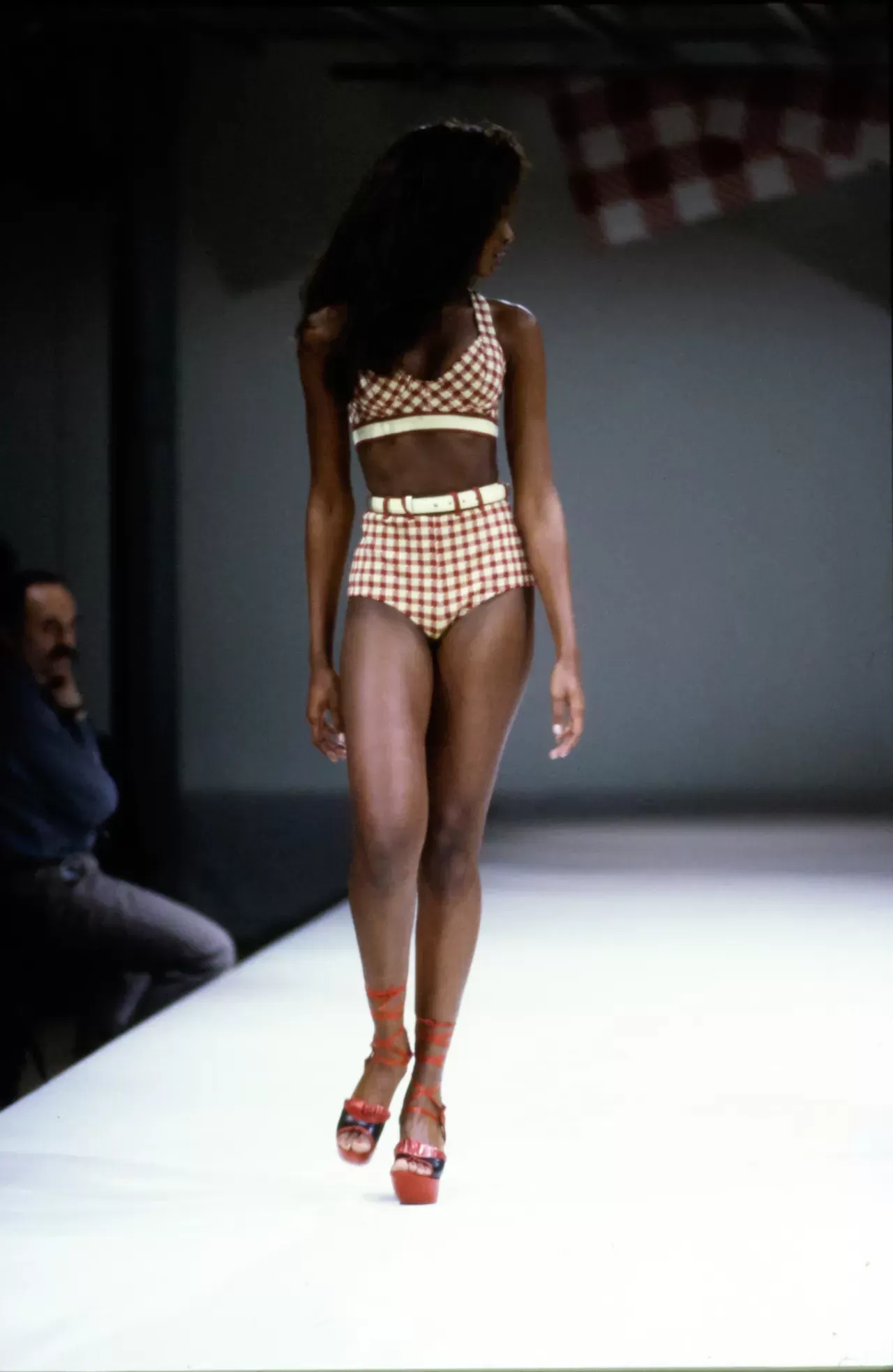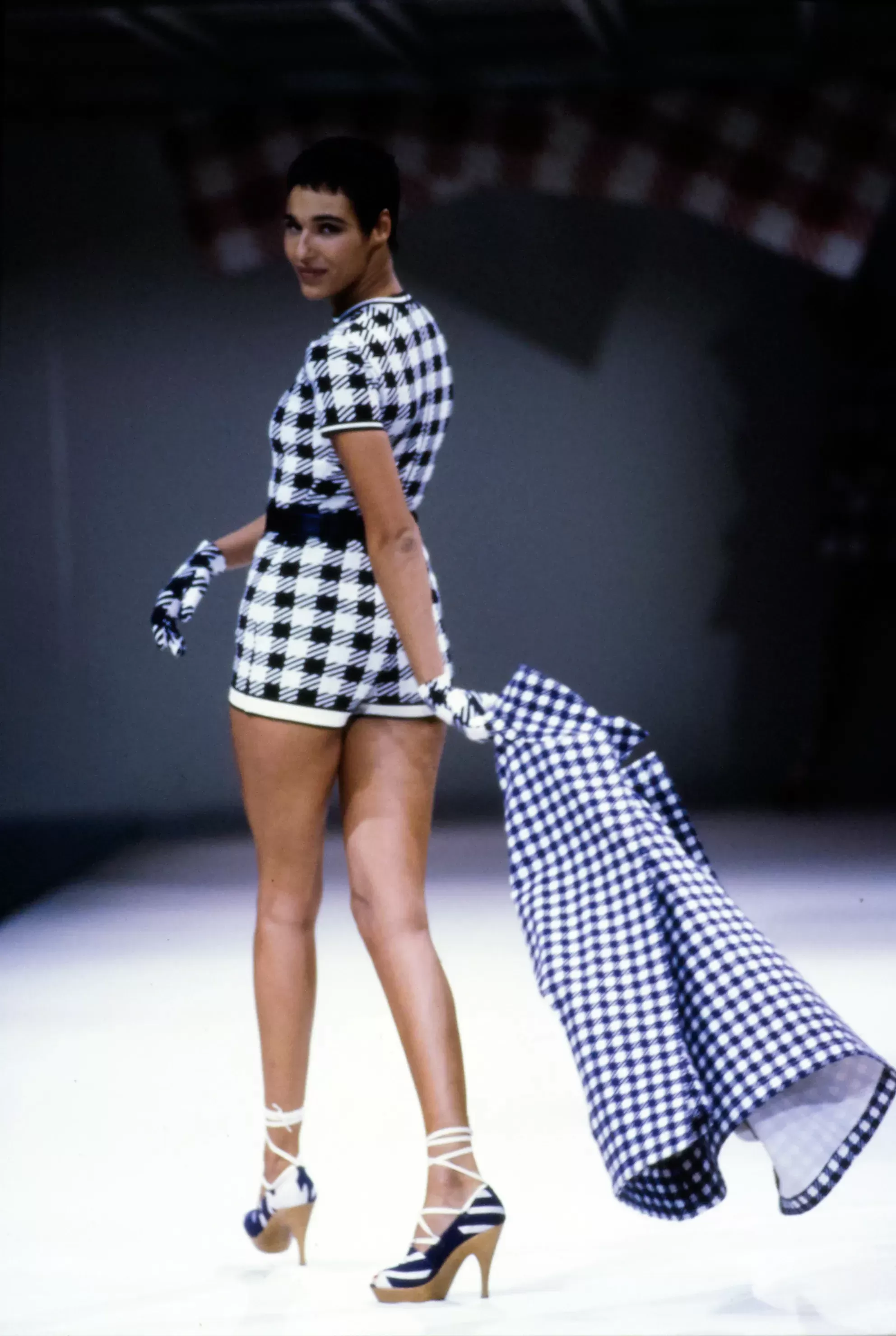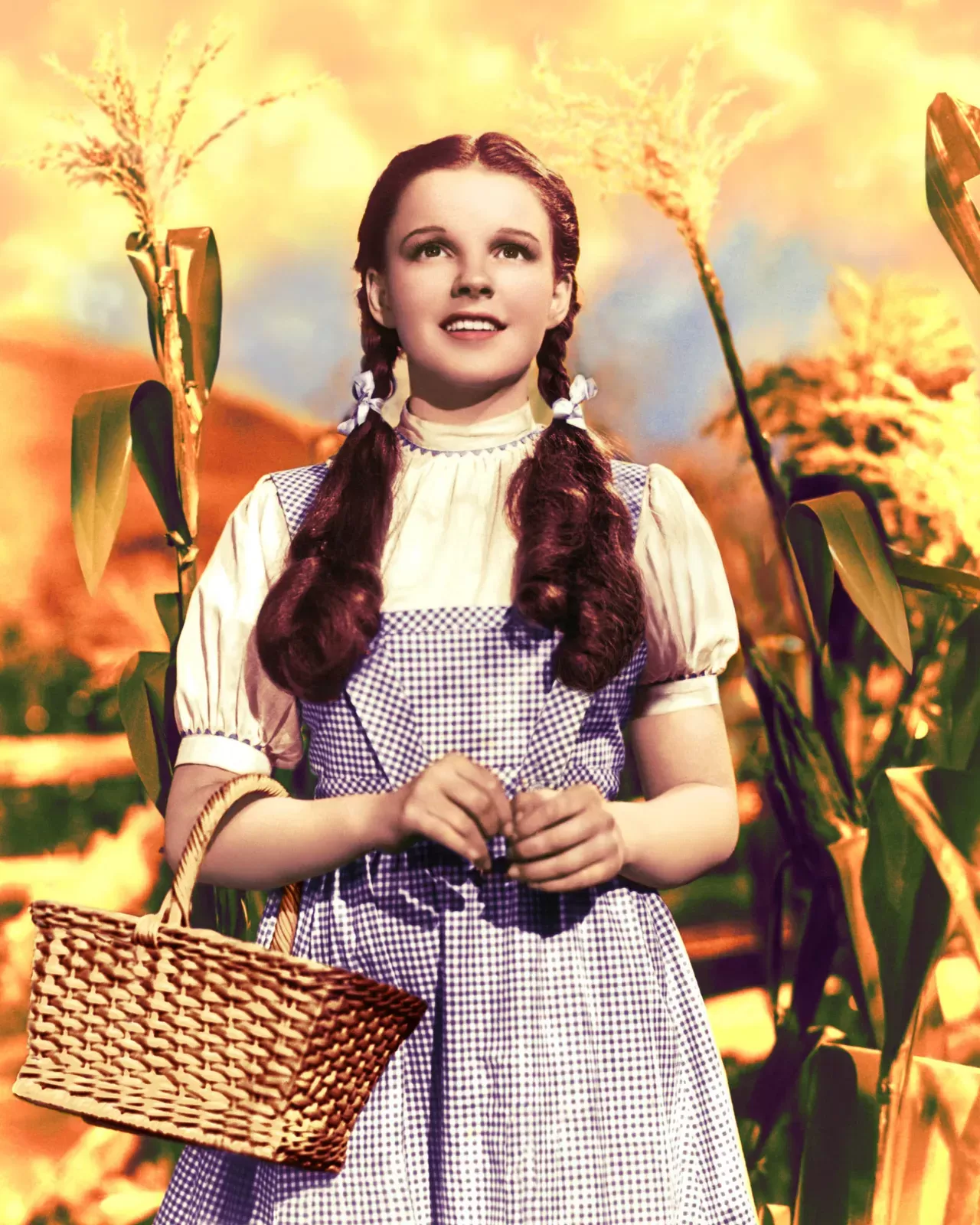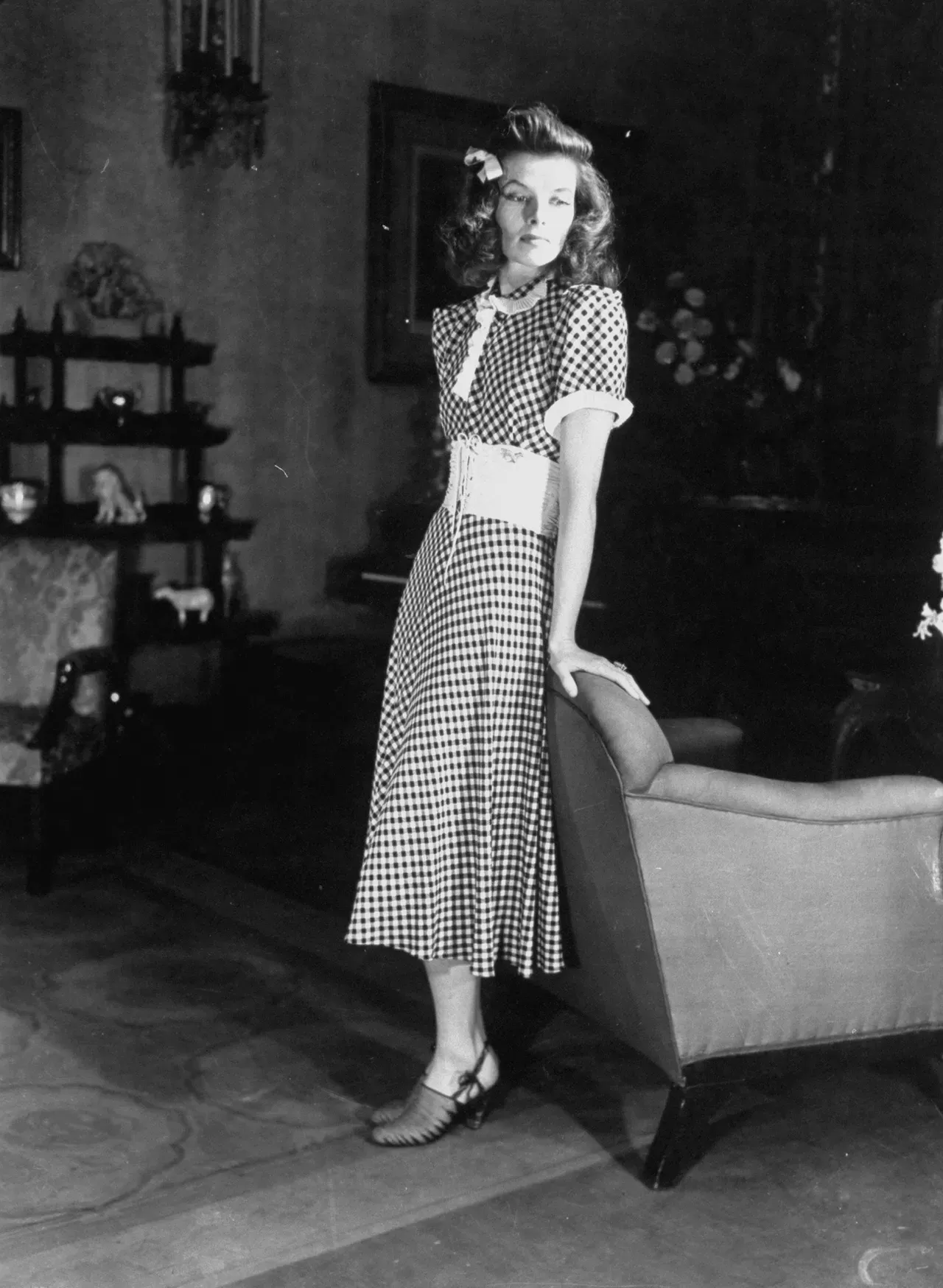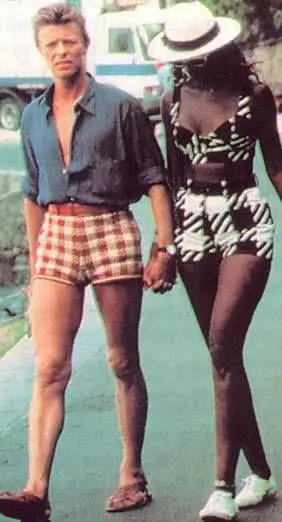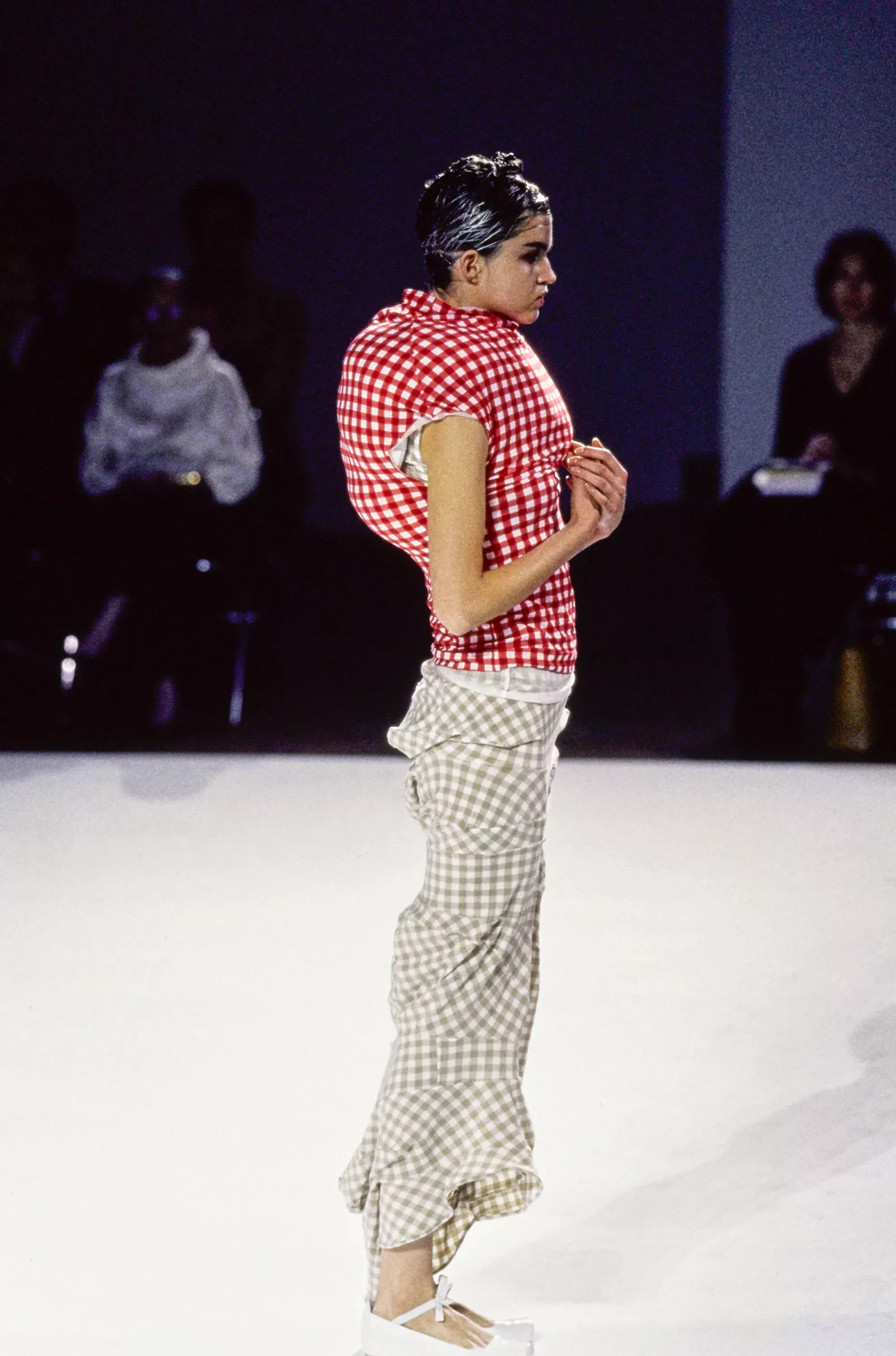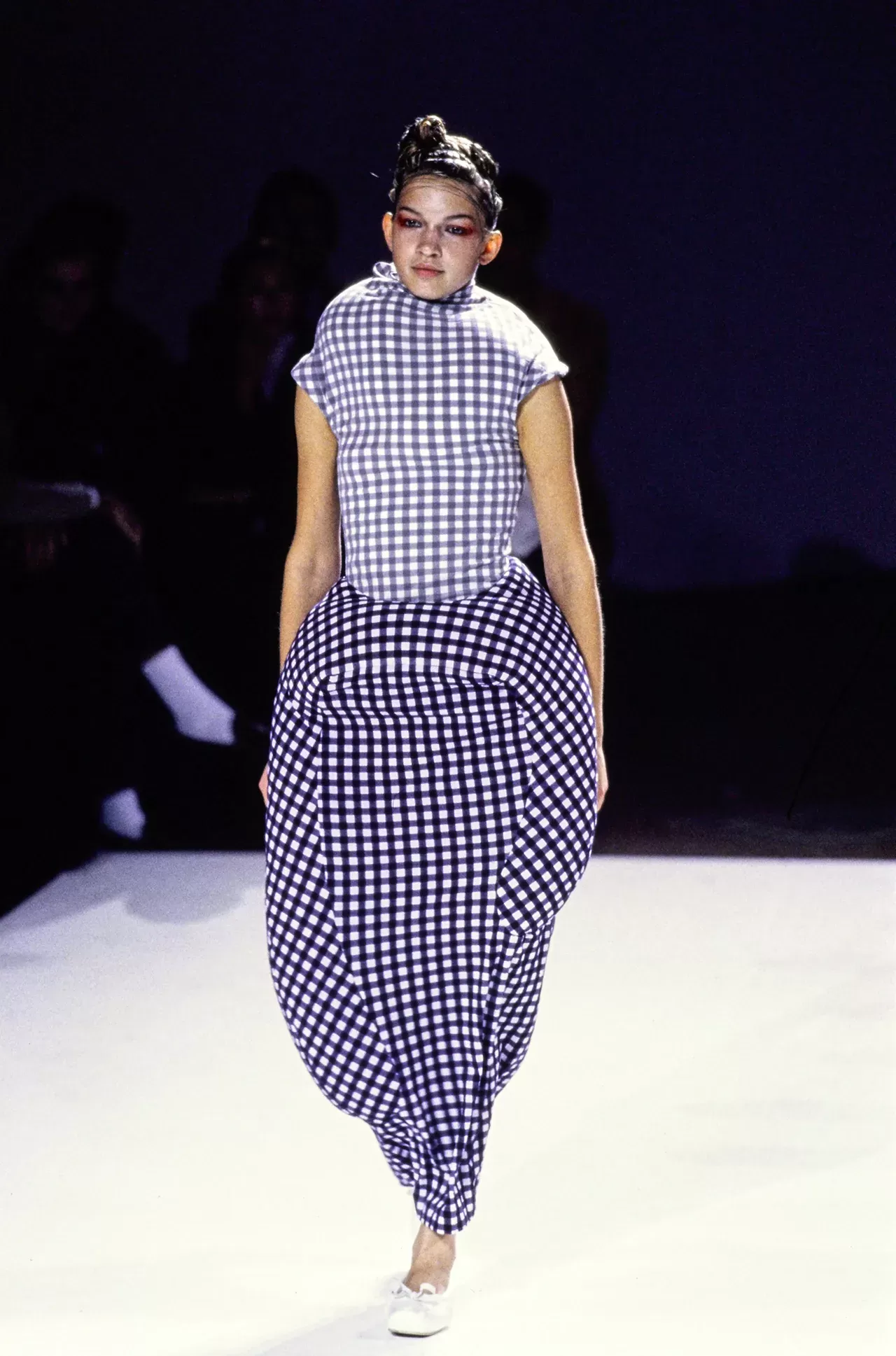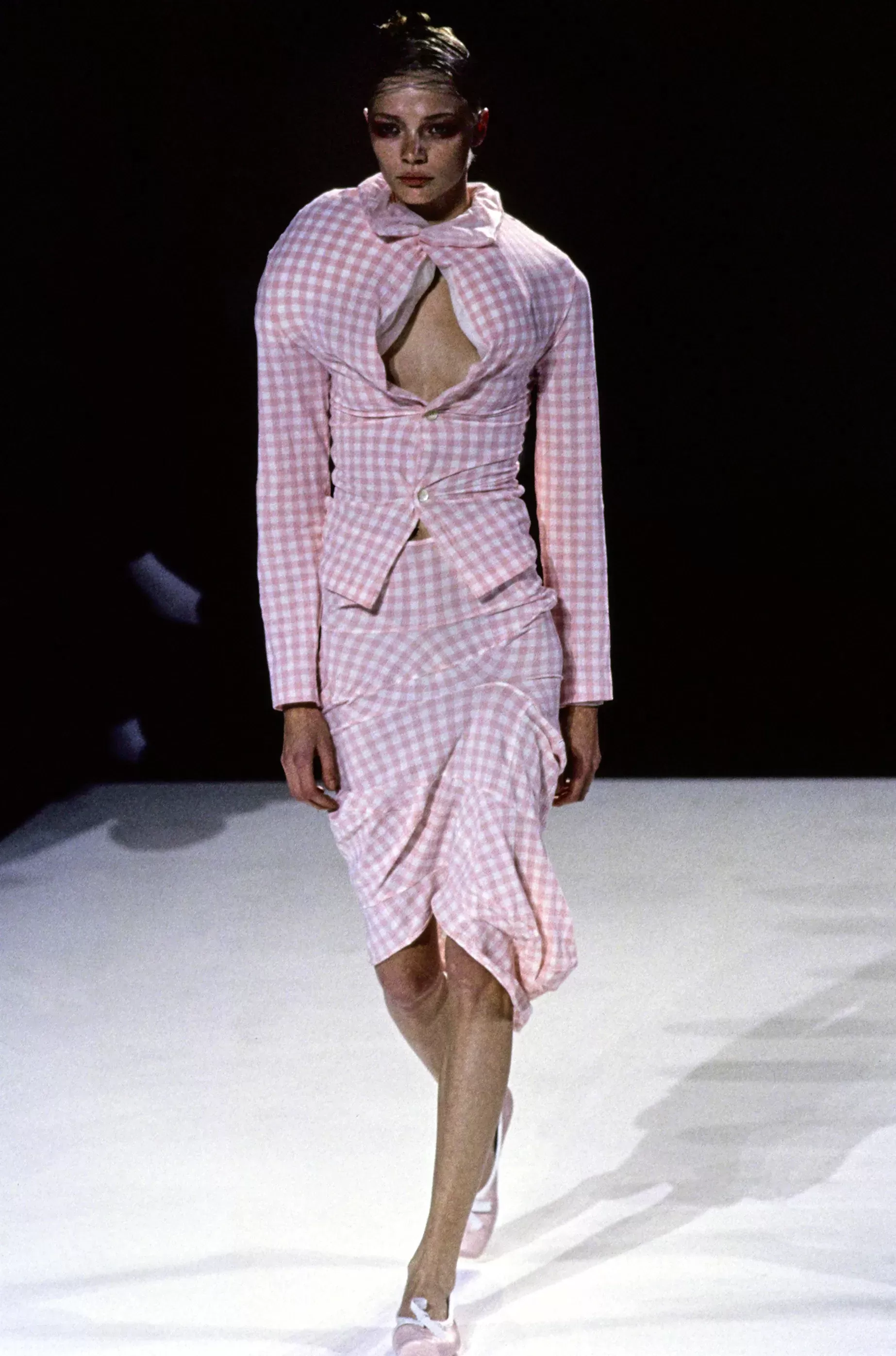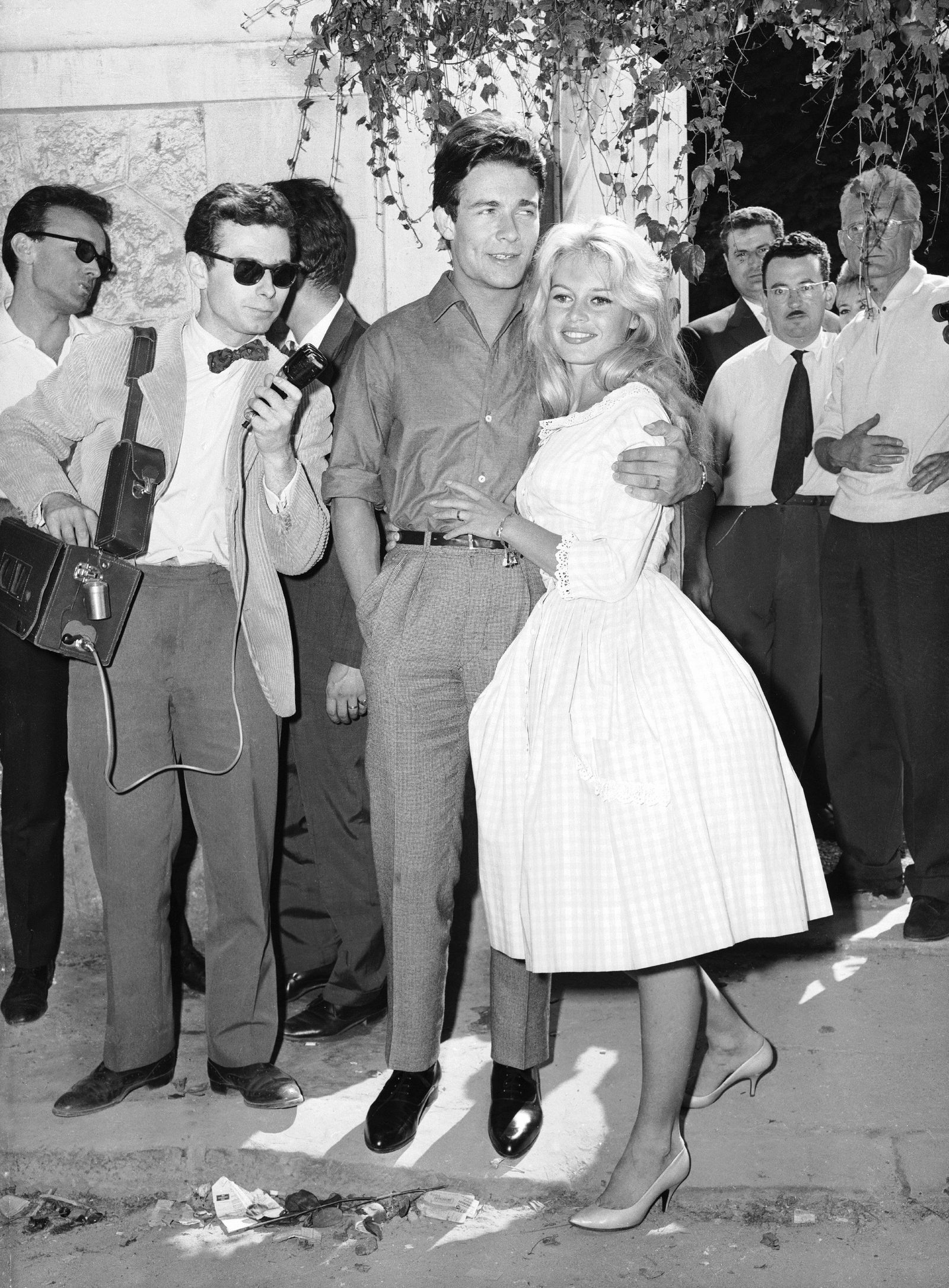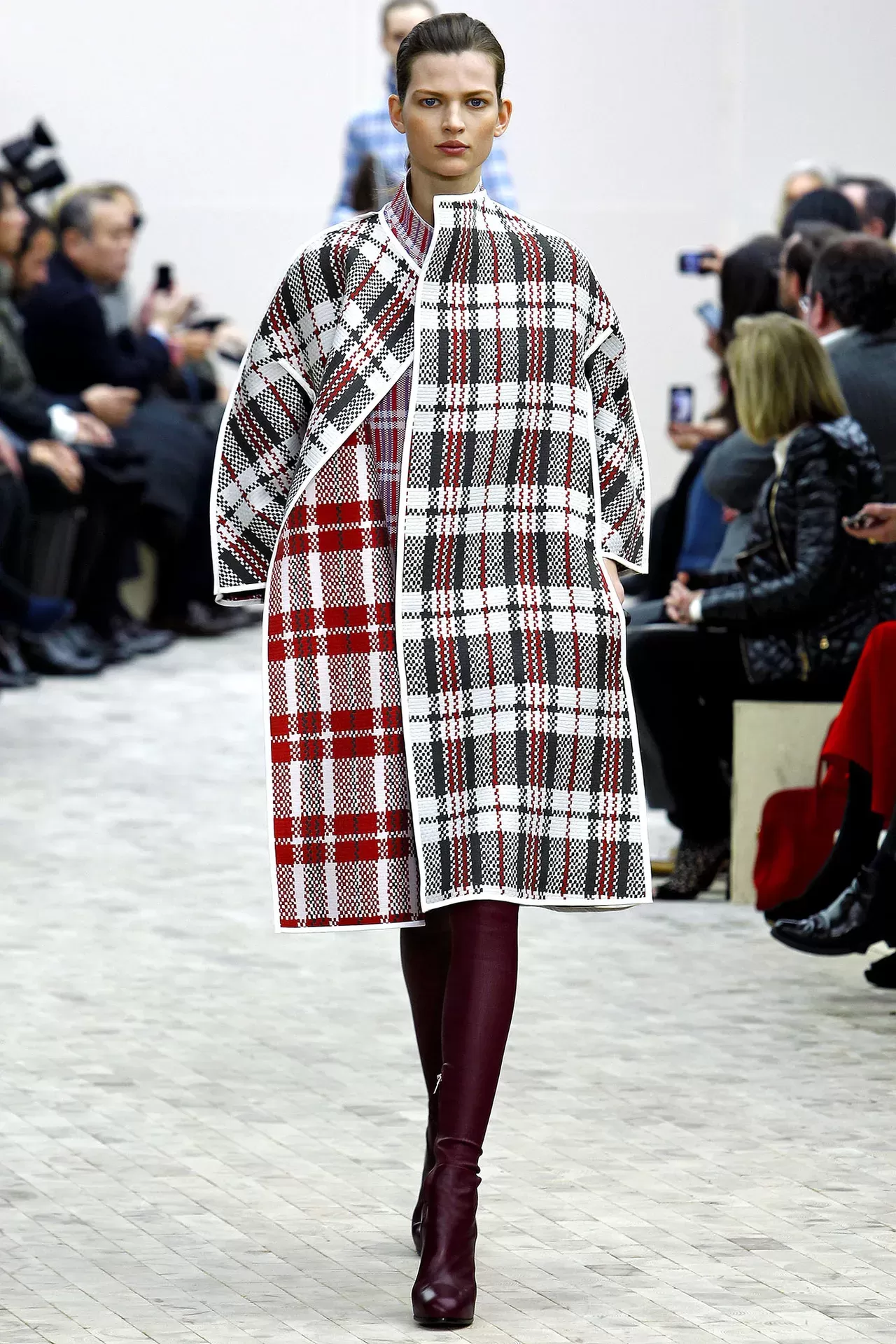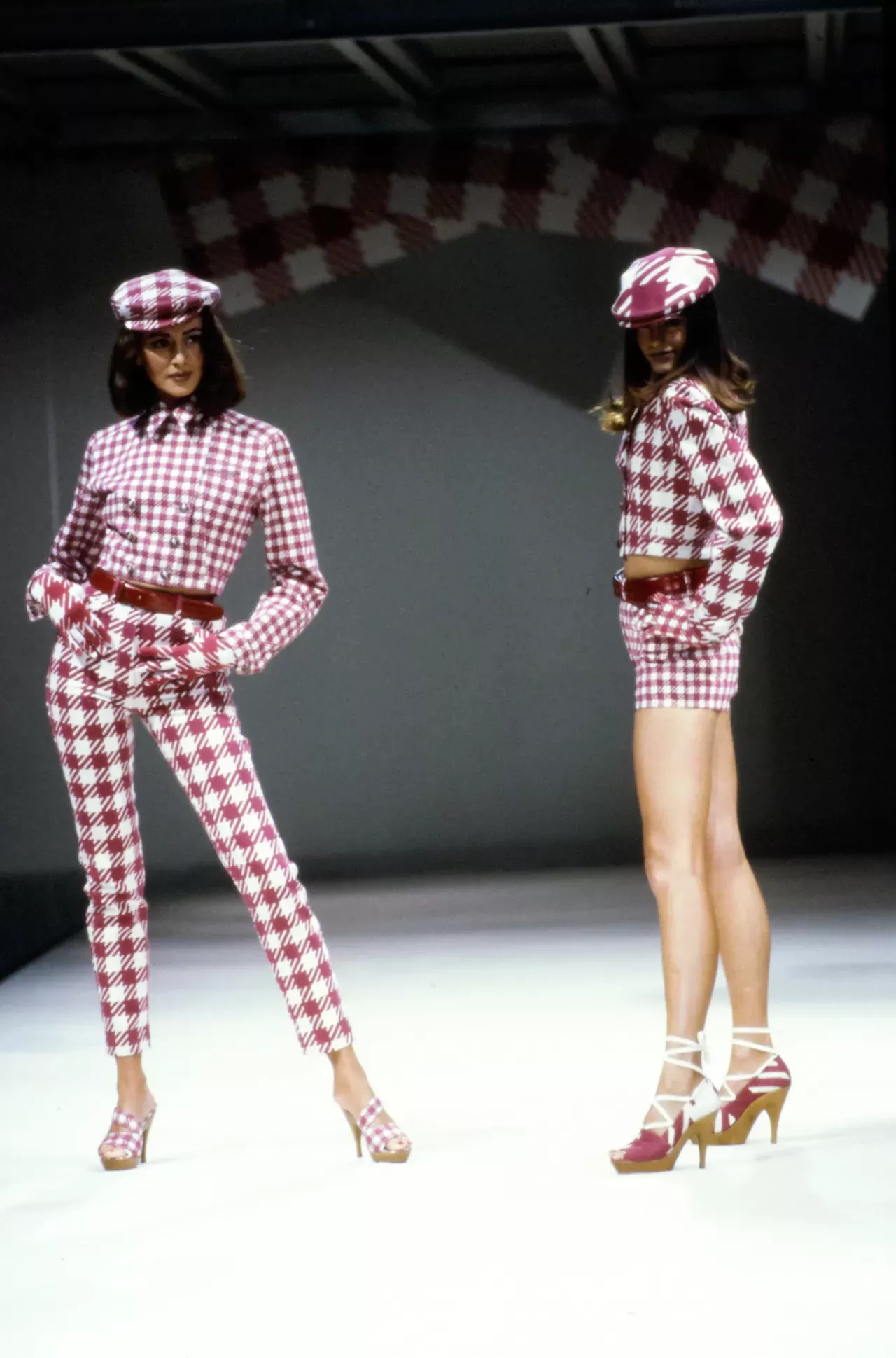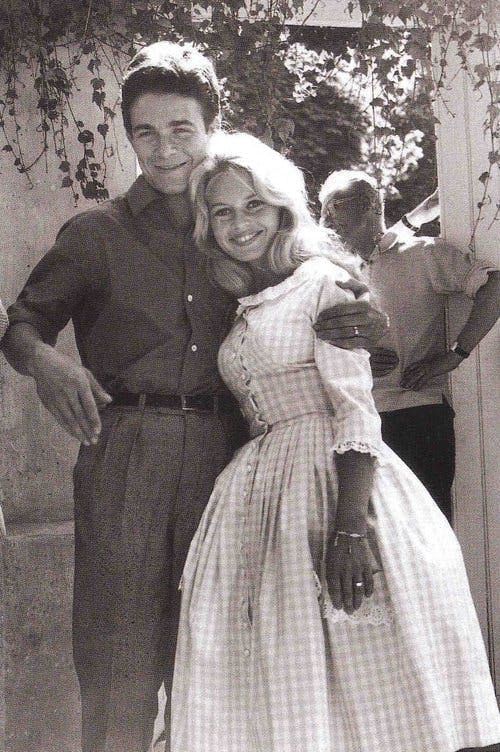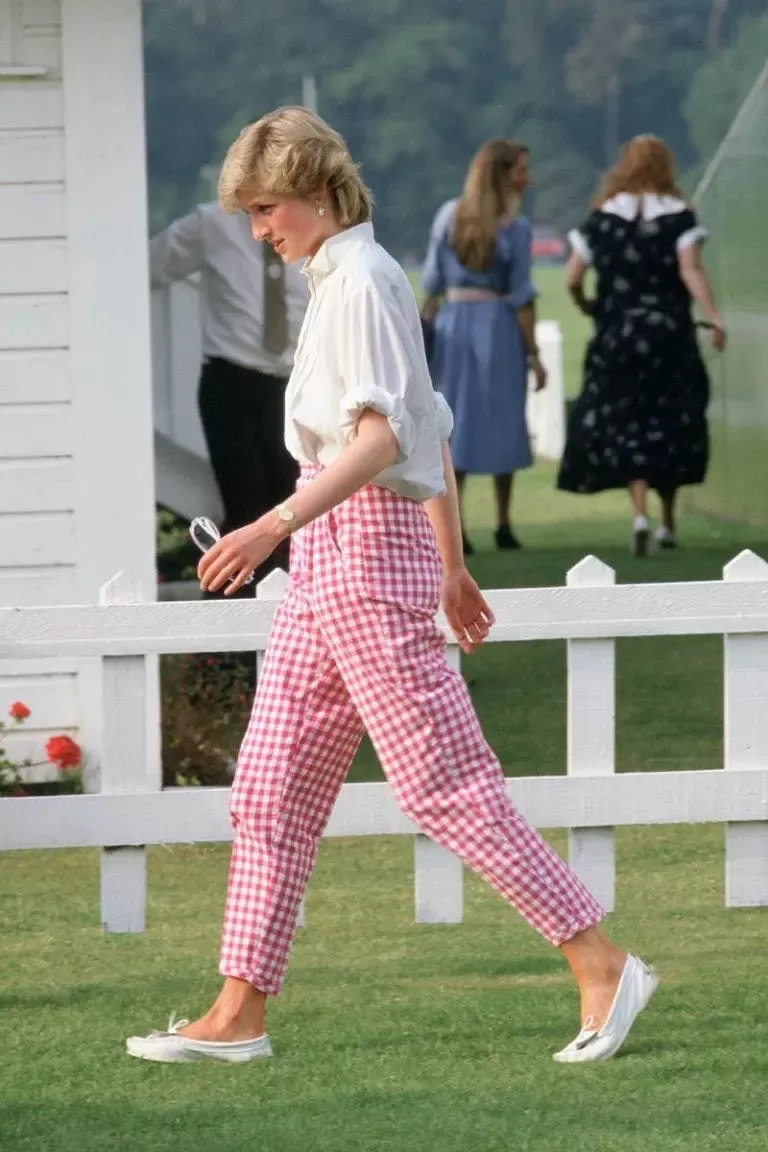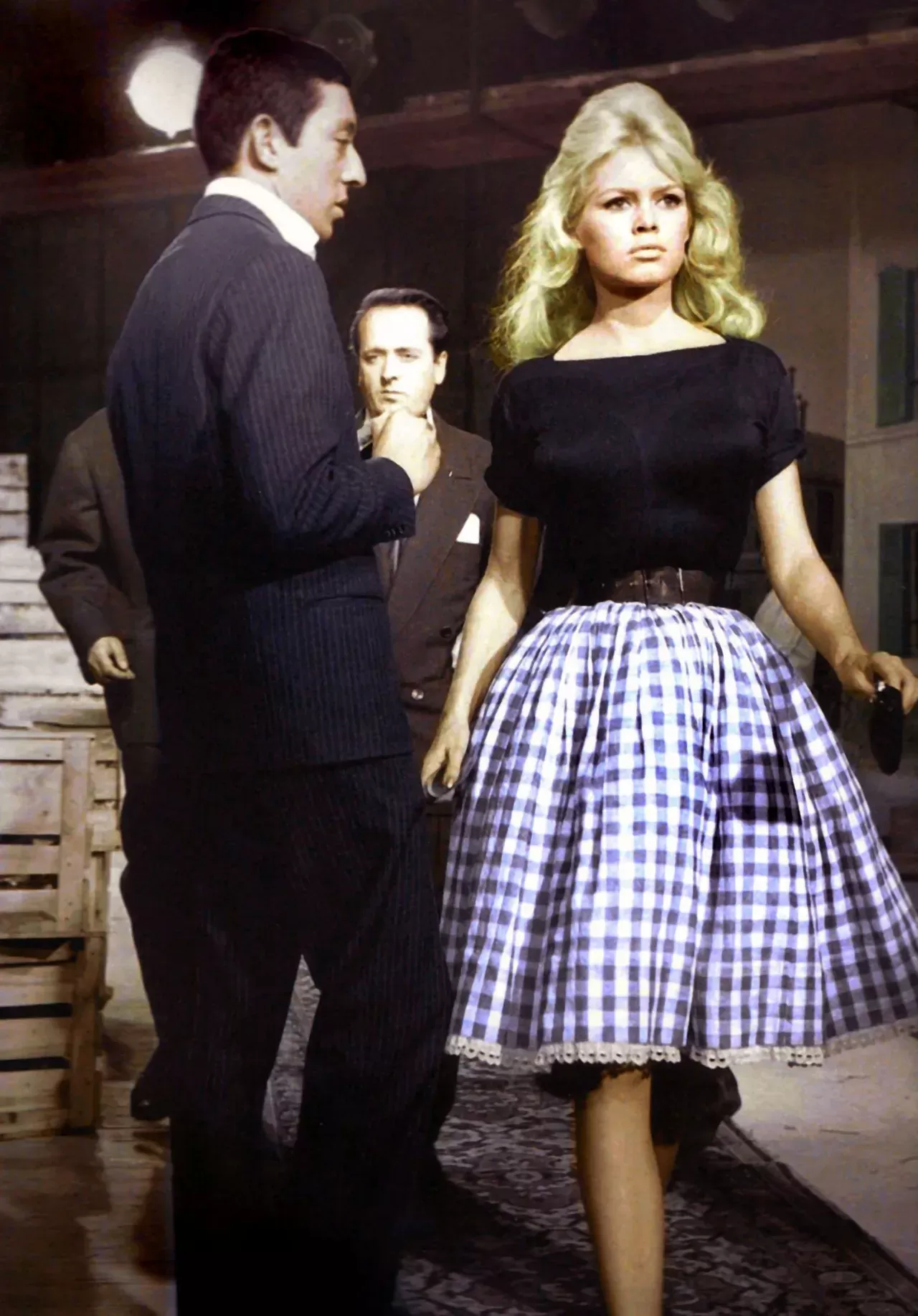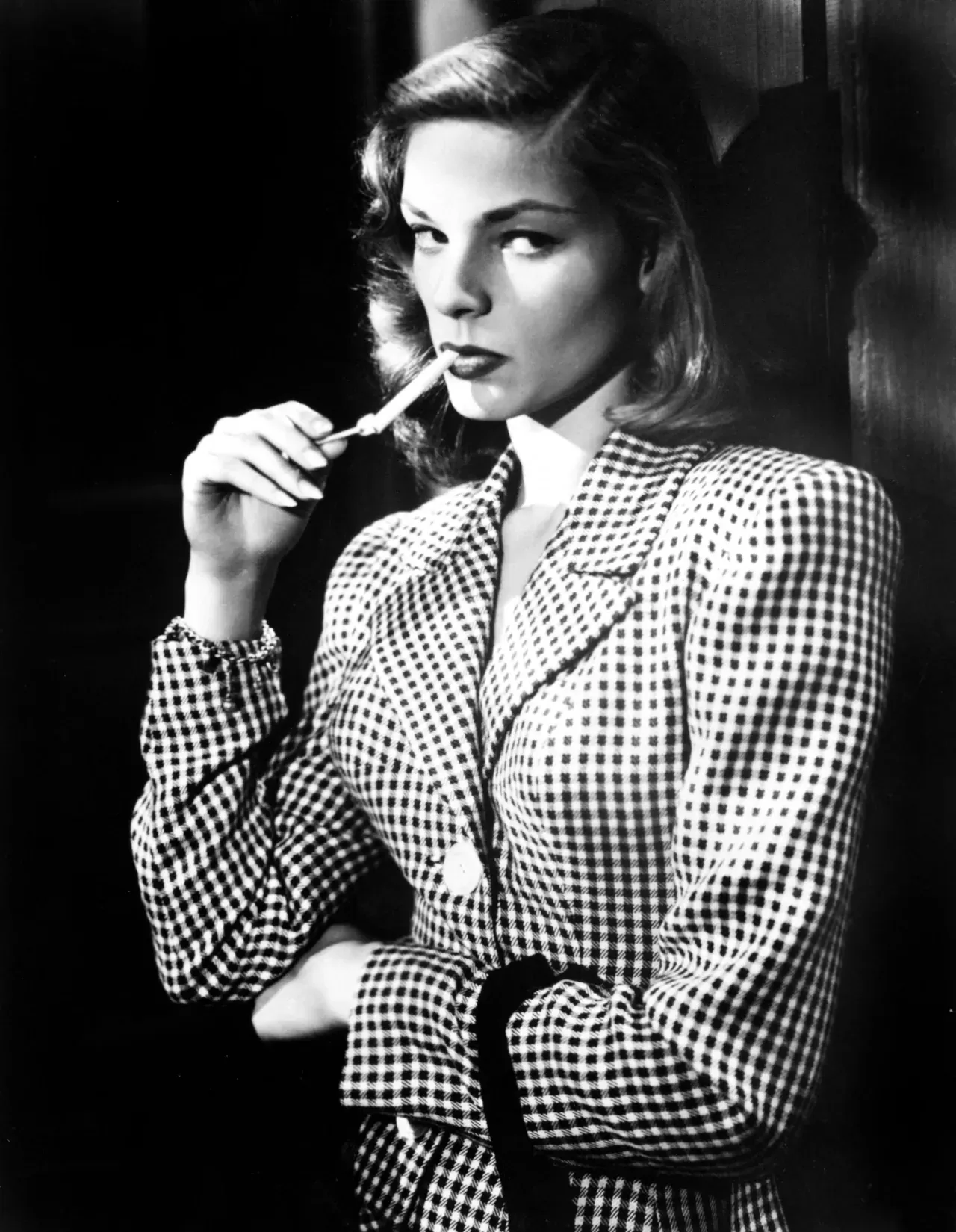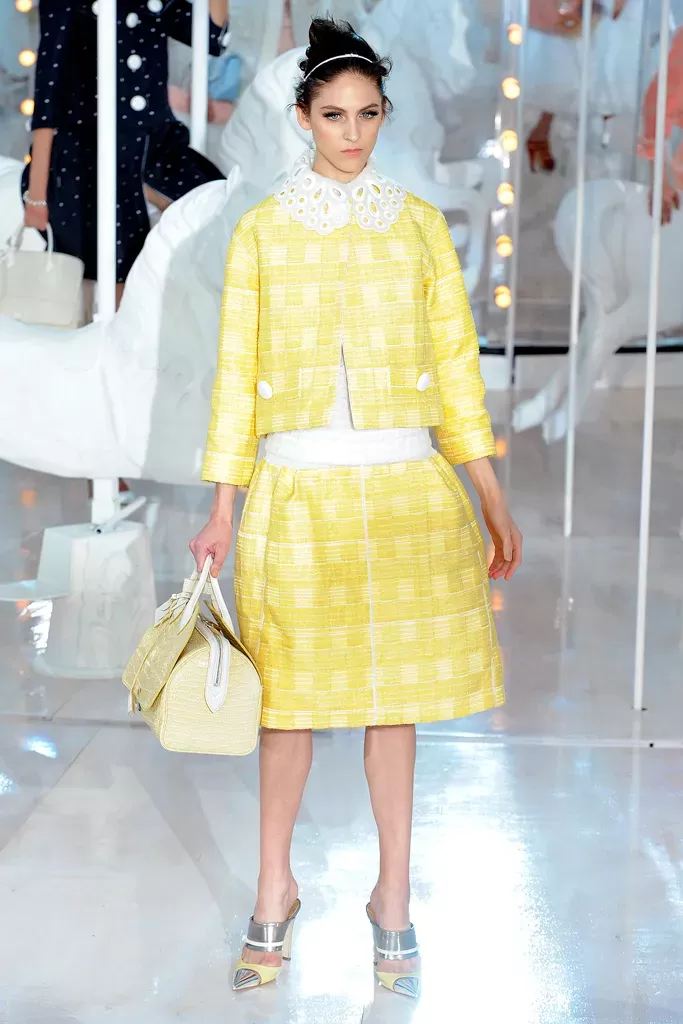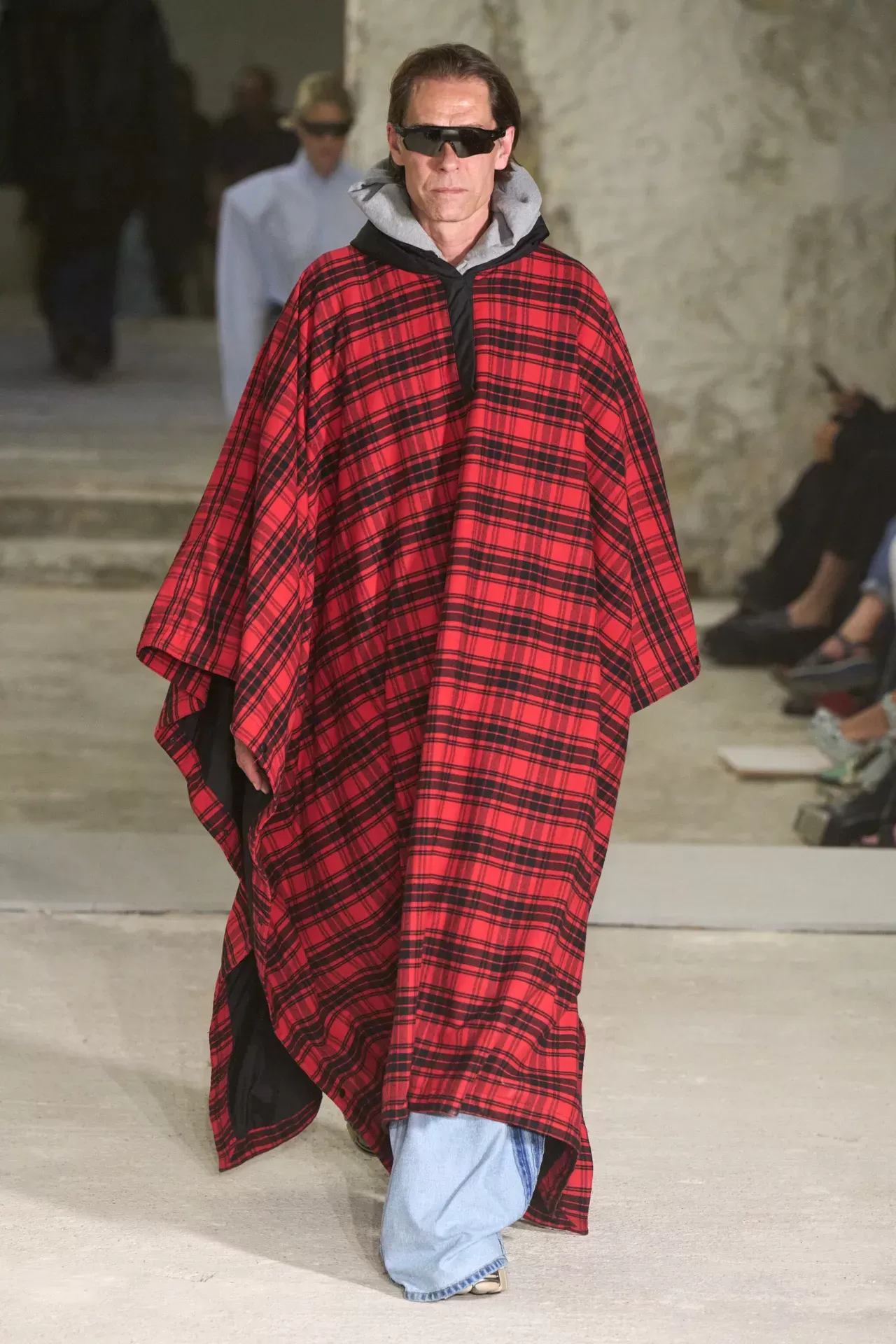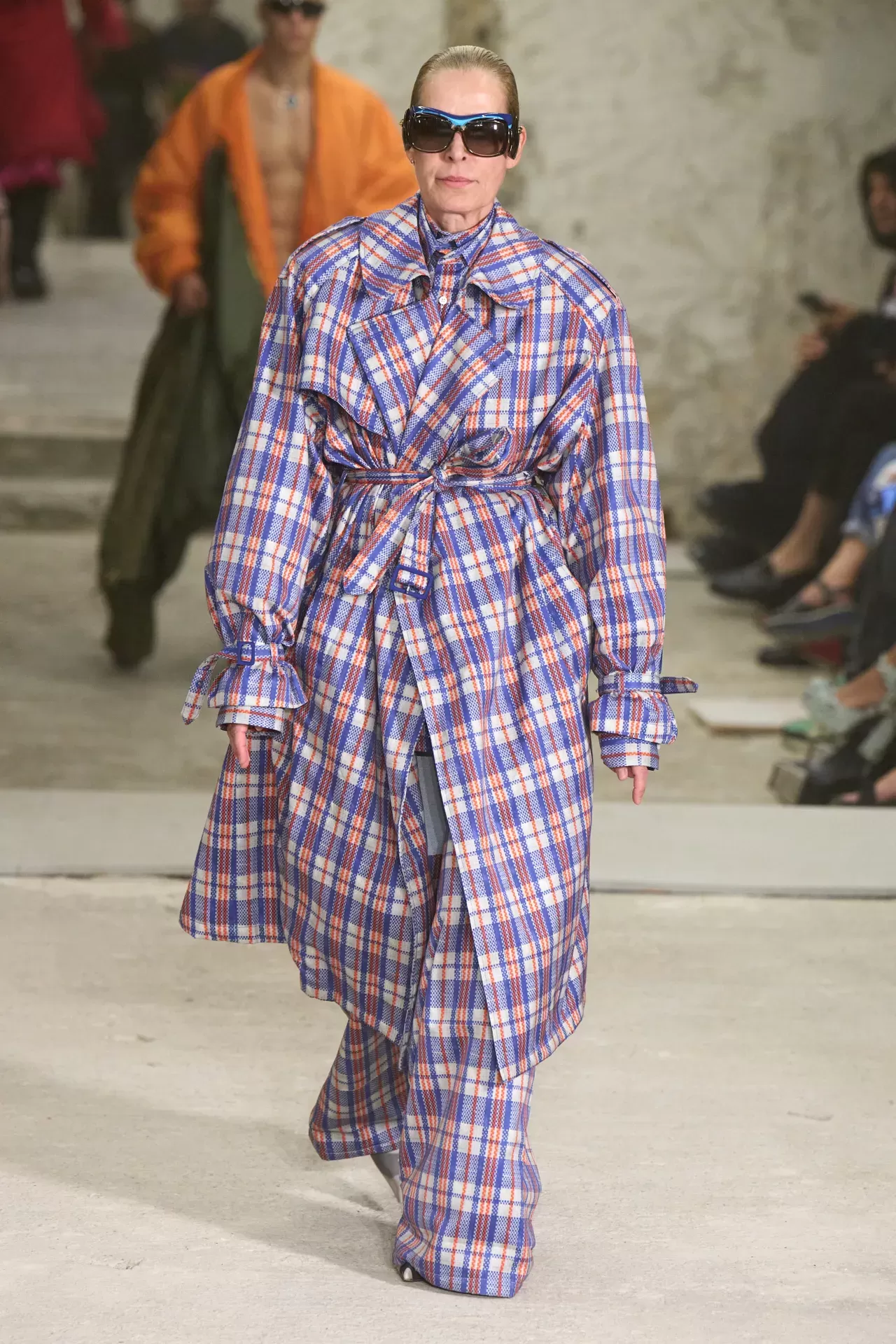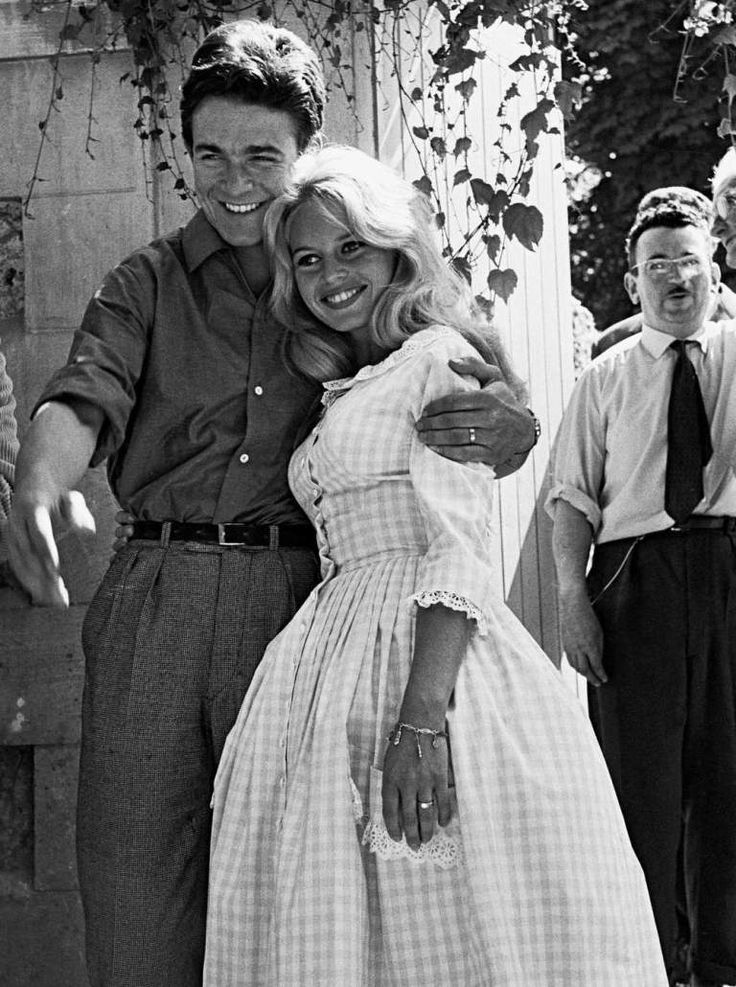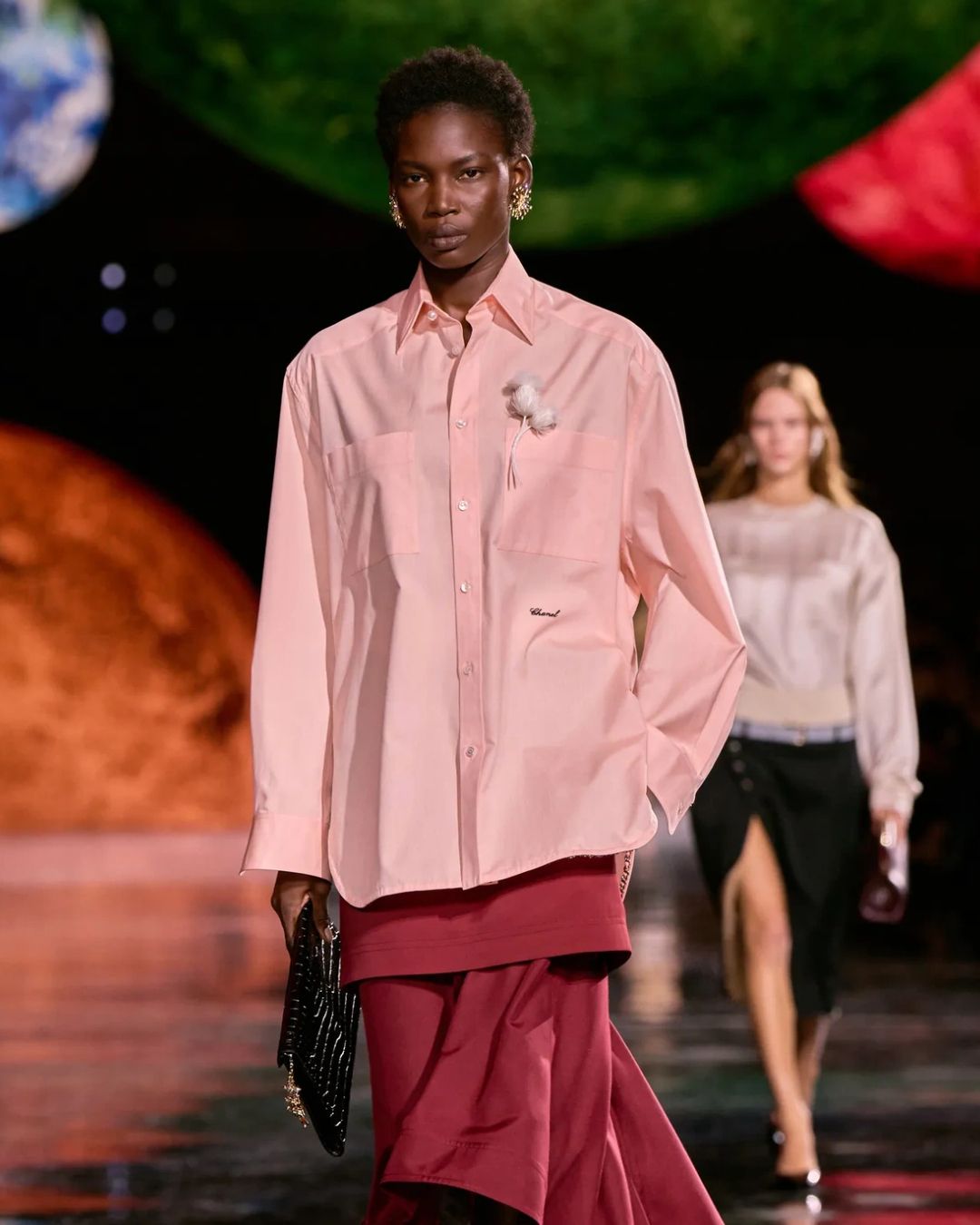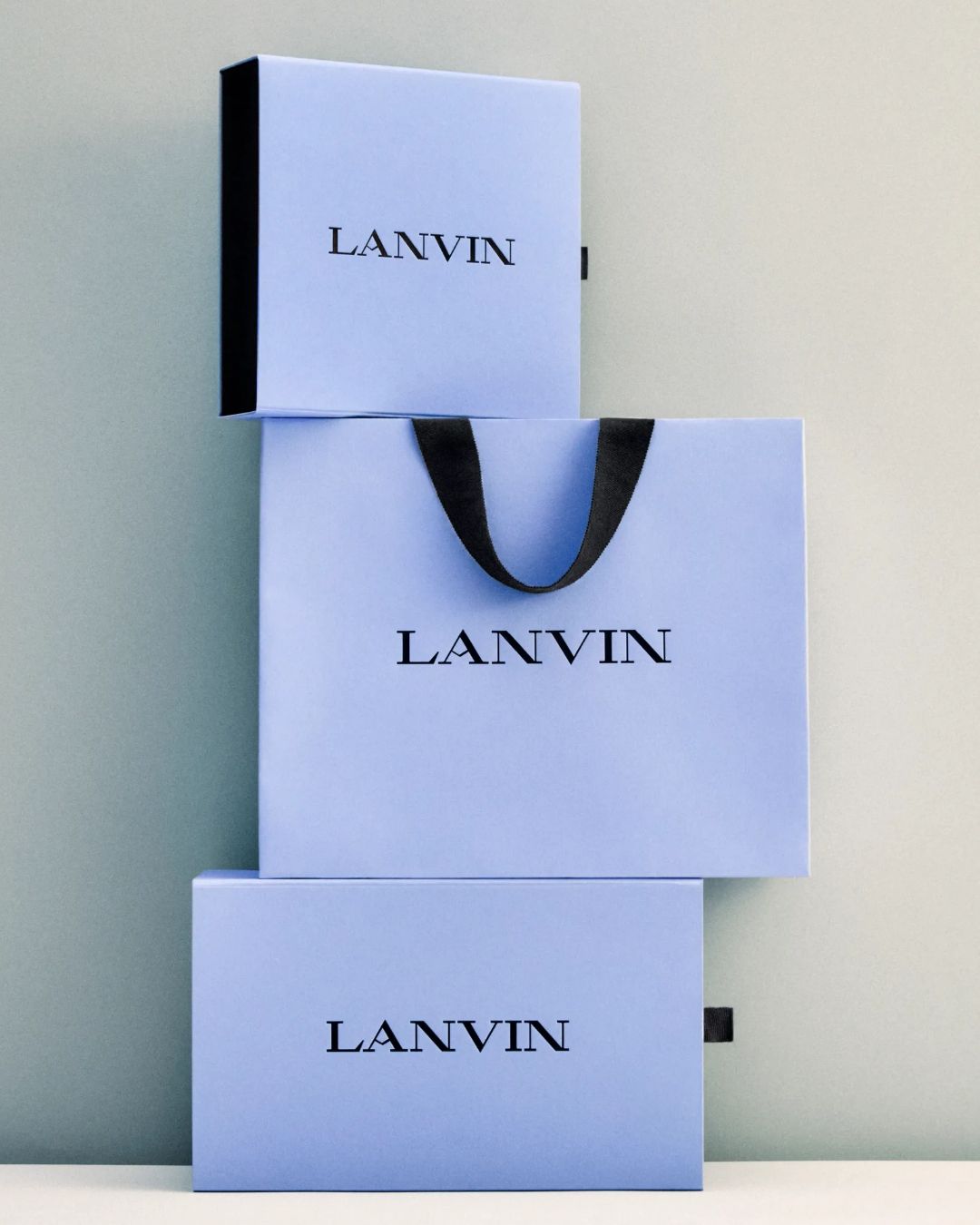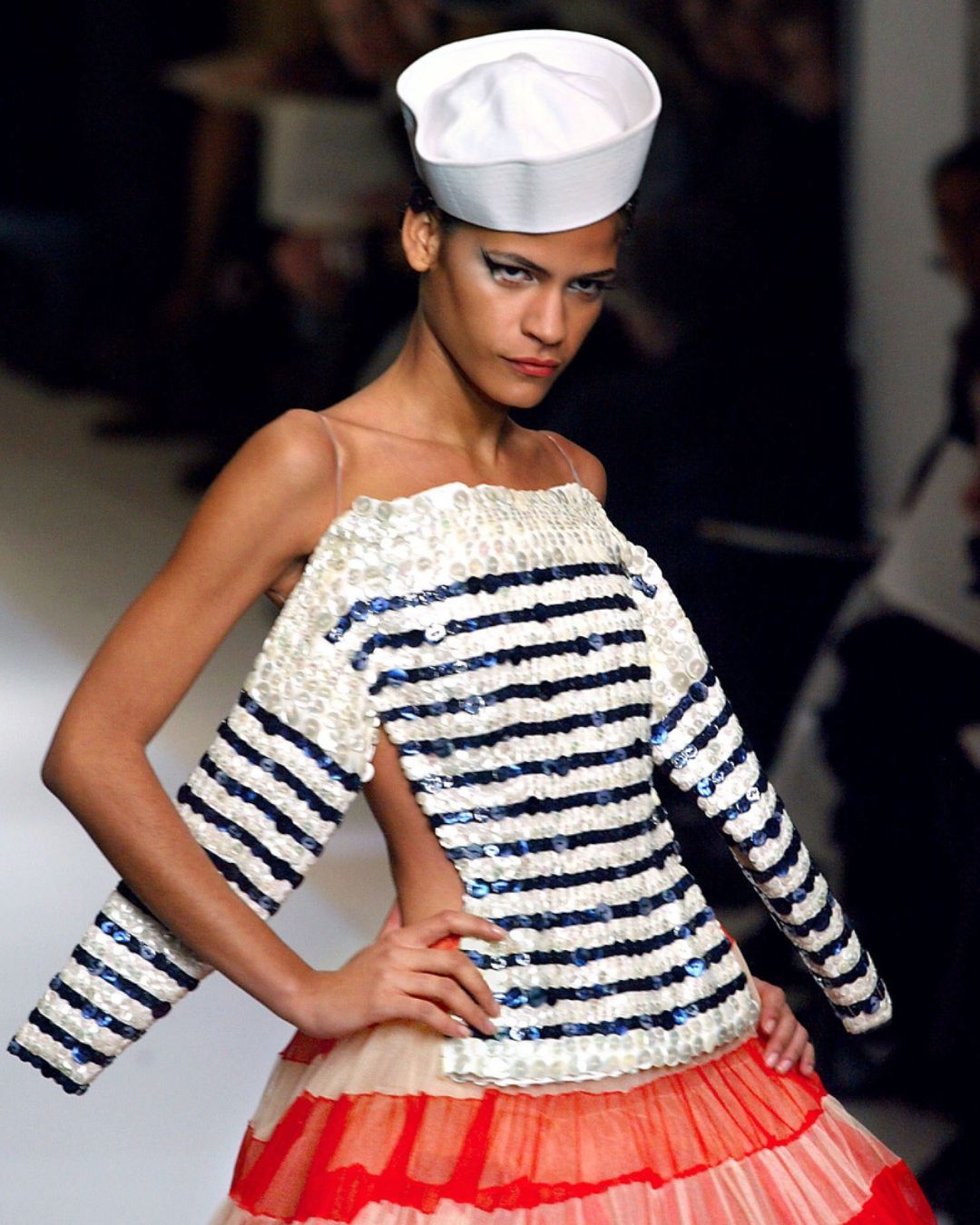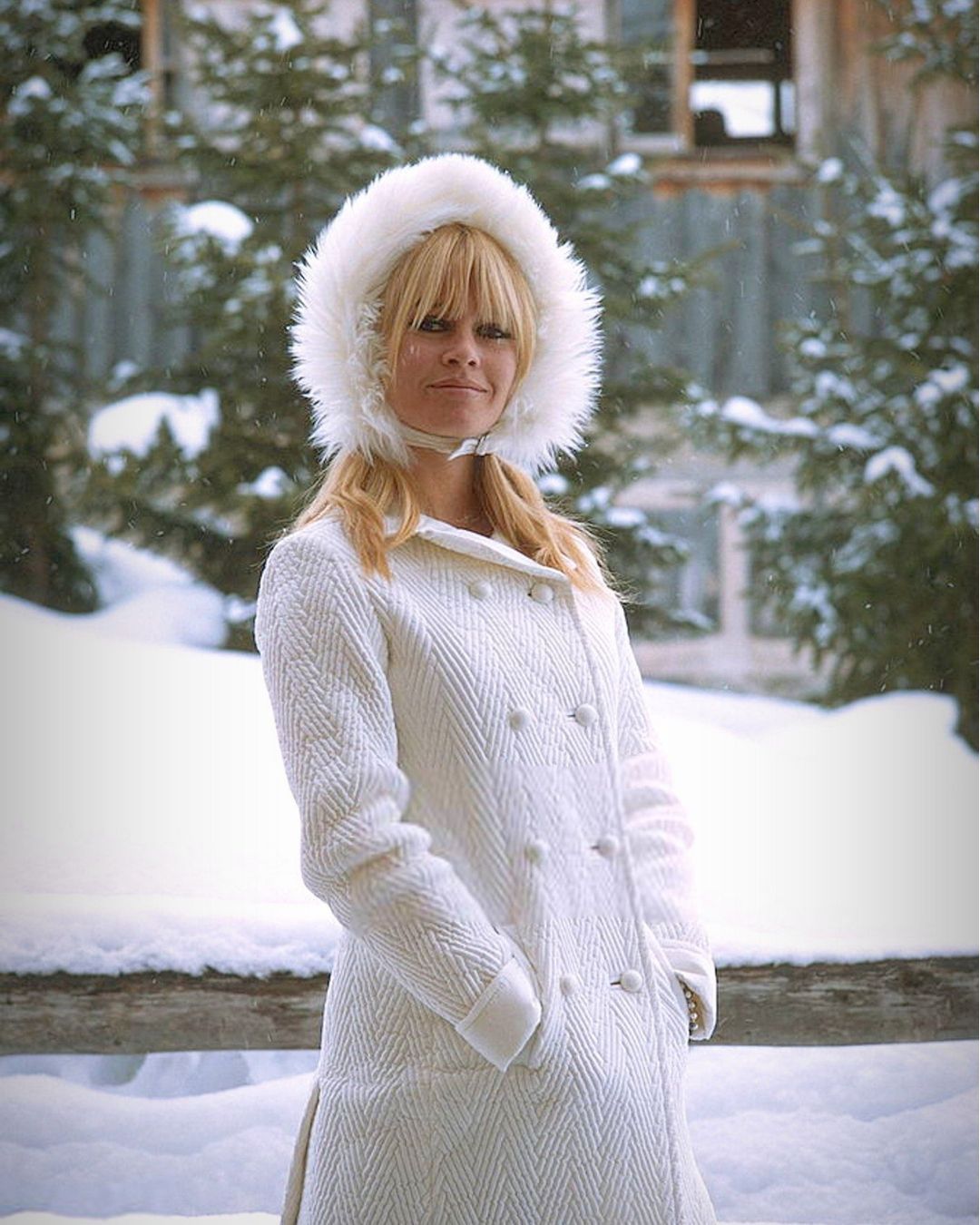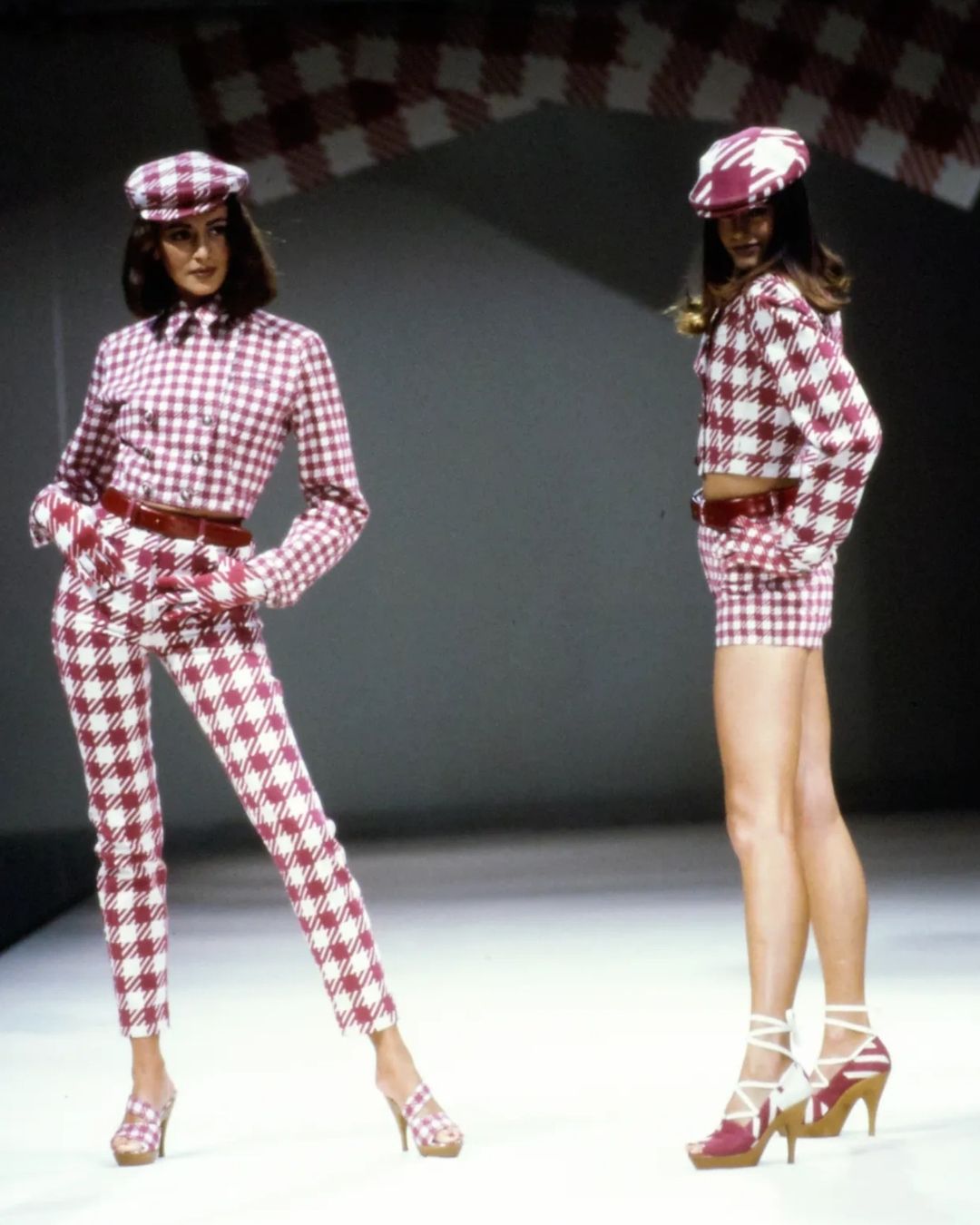
The incredible innocence of the gingham print Story of the French pattern
Whether it brings to mind your favorite Bonne Maman jam lid, the Brigitte Bardot aesthetic, your beloved grandmother's apron, or a summer-flavored picnic tablecloth, the sight of the gingham print always bodes well. From classic red to softer pink, sky blue, and contrasting black, the small white and colored checks of gingham encapsulate softness, tender nostalgia, but above all, a great historical heritage. The history of the print actually begins long before the 1950s and the popularization of this fabric, notably thanks to cinema, which we will revisit later. It all began in 1860. The thermal spa town of Vichy was experiencing burgeoning popularity, especially thanks to the Parisian elite who frequented its waters for their soothing virtues. But a very particular visitor would disrupt the destiny of this small town in central France: Napoleon III, accompanied by Empress Eugénie, a trendsetter ahead of her time who, despite herself, dictated fashion in Paris, France, and the rest of Europe. Impressed by the fabric's quality, the couple would leave laden with trunks full of the checkered textile. With the help of the Industrial Revolution and the mechanization of its already very inexpensive production, gingham would quickly gain popularity and orders.
And for good reason: thanks to its manufacturing using the "yarn-dyed" technique, alternating white and colored threads, gingham fabric boasts exceptional quality and durability. Attributes that will allow it to be adapted into all forms: from an apron where stains become invisible, to a tablecloth that will withstand every dinner in the world — even the most festive and messy — and all the way to Sunday dresses and garments. If gingham and its halftone checks represent dualism in Indonesia, the contrast between good and evil, and spirituality in Japan, in France and throughout the world, it generally embodies the path of balance. In literature, however, gingham has a completely different meaning: it symbolizes themes like innocence and youth. Two aspects that the fabric would also represent in cinema, notably in The Wizard of Oz, directed by Victor Fleming in 1939, in which Dorothy Gale's sky-blue gingham dress/apron, played by Judy Garland, would mark the history of gingham as well as cinema and its costumes. Legend has it that the famous dress was lost for several decades, hidden in a box destined to be thrown away. It was only in 2015 that it was found and sold at auction for the modest sum of 1.47 million euros. However, the essence of the pattern represented on the big screen would change the year after the release of The Wizard of Oz, with Katharine Hepburn and her character Tracy Lord in George Cukor's The Philadelphia Story, who wears gingham in the form of a belted waist ensemble, elevating it to a sexier and decidedly less childish level. An energy that Lauren Bacall and her elegant gingham suit would pick up in Howard Hawks's To Have and Have Not, which would be released in 1944.
But the apotheosis of success, the prime of gingham, would not arrive until the 1950s, thanks to the original "it" girl, who, in addition to having invented ballerinas and popularized the marinière, also marked the history of the checkered fabric: Brigitte Bardot. In 1953, she graced the cover of Elle France magazine wearing a light pink gingham dress that would not go unnoticed. A dress she wore again for her wedding to Jacques Charrier in 1959, officially elevating gingham to the status of a must-have for any respectable wardrobe, a status that would be confirmed again by the actress in Michel Boisrond's Voulez-vous danser avec moi?, released in 1959, in which she wears a sublime blue checkered voluminous skirt. The trend would, of course, not be limited to France's borders but would spread worldwide, notably reaching the wardrobes of Marylin Monroe, Lady Diana and David Bowie.
In the 1990s, gingham gained its credentials and officially entered the visual language of high fashion thanks to Azzedine Alaïa. After stumbling upon a sign for the Tati store, which since 1948 had displayed the four letters of its name on a pink gingham background, Alaïa structured his SS91 collection around gingham. Declined in large, small, pink, and black, it was the first time in fashion history that a low-cost brand was assimilated into a major fashion house. A small step for fashion, a huge step for gingham, which would become increasingly present on Fashion Week runways. In 1997, the Japanese queen Rei Kawakubo reinvented it in her Lumps and Bumps collection, in which gingham was presented on futuristic rounded silhouettes, improbable shapes, and a broad and interesting color palette. About ten years later, Miuccia Prada also reinterpreted gingham in her own way in Prada's FW13 collection, a collection with a modernized 60s aesthetic where small checks went from a blue and red cape to an orange and green fitted waist ensemble.
The same year, Celine, under the aegis of Phoebe Philo, also offered four gingham looks, inspired by the blue, white, and pink checkered plastic bags of the aforementioned famous Tati store, massively used by residents of Paris's Barbès district, and more broadly by immigrant communities, recalling the popular origins of gingham, but above all that it is for everyone and by everyone. Meanwhile, Louis Vuitton introduced a pastel version of gingham in its Spring-Summer collection, soft, soothing, balanced. A few years later, Maria Grazia Chiuri in her FW20 for Dior presented feminist warriors adorned in gingham, while Givenchy contemporarily adapted it onto elegant trench coats. Finally, in 2023, Vetements took over the former Tati premises to present its SS23 collection, also paying homage to its famous tote bags. From dishcloths to haute couture, from deli packaging to Louis Vuitton bags, gingham has come a long way. A journey that promises to be long and prosperous, for through its timeless checks, it continues to tell a story of balance and renewal, constantly reinventing itself to embrace the forms of the future while carrying within it the sweet nostalgia of its origins.


